Photography & Mindfulness
Mindfulness is the idea of learning how to be fully present and engaged in the moment and aware of your thoughts and feelings without distraction. The aim is to help to relieve the stress and anxiety that people feel when thinking about what has happened in the past or what will happen in the future. We have no control over either of these as the past cannot be changed and the future is unknown.
For me, photography is how I practice mindfulness. When I am out and about with a bag of camera gear, I am living in the moment, looking out for potential photos. I become very aware of my surroundings and how the light is interacting with the landscape around me. In my search for the perfect shot, I am able to block out all distractions.
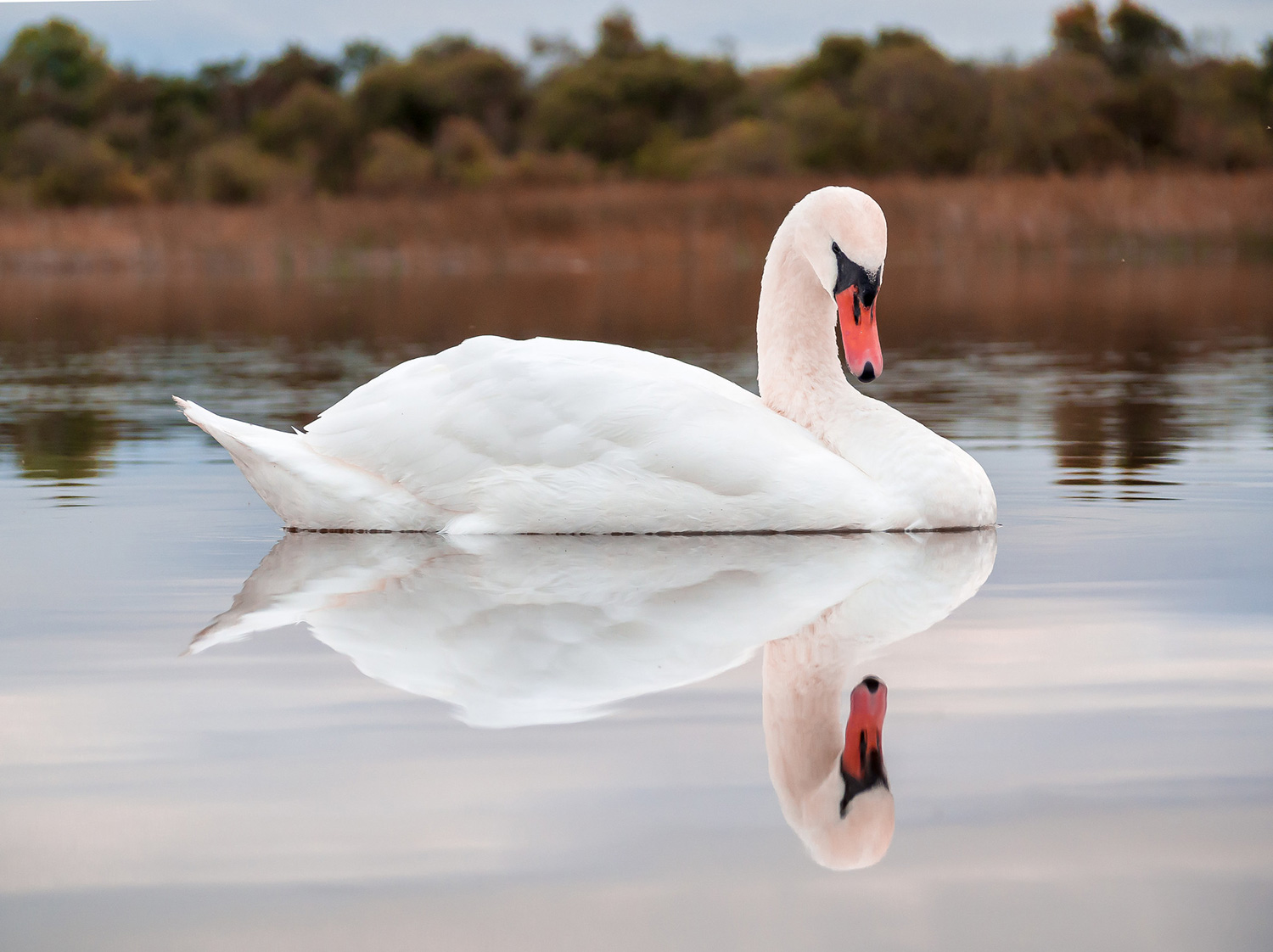
I took up photography as a hobby when I worked in an accountant’s office. It was a world away from the day job and gave me the creative outlet I was looking for. It also made me get out and explore the countryside around me. Looking at it through the eyes of a photographer gave me a whole new perspective on familiar landscapes.
Spending an evening tracking a swan across a perfectly calm lake or following a bee as it moves from flower to flower collecting pollen was a great way to relieve the stresses of the day. I also had to concentrate on the settings I needed to use to capture the scene in front of me and this added to the sense of emersion in the ‘moment’. Everything else is forgotten about. And this is what practising mindfulness is meant to achieve.
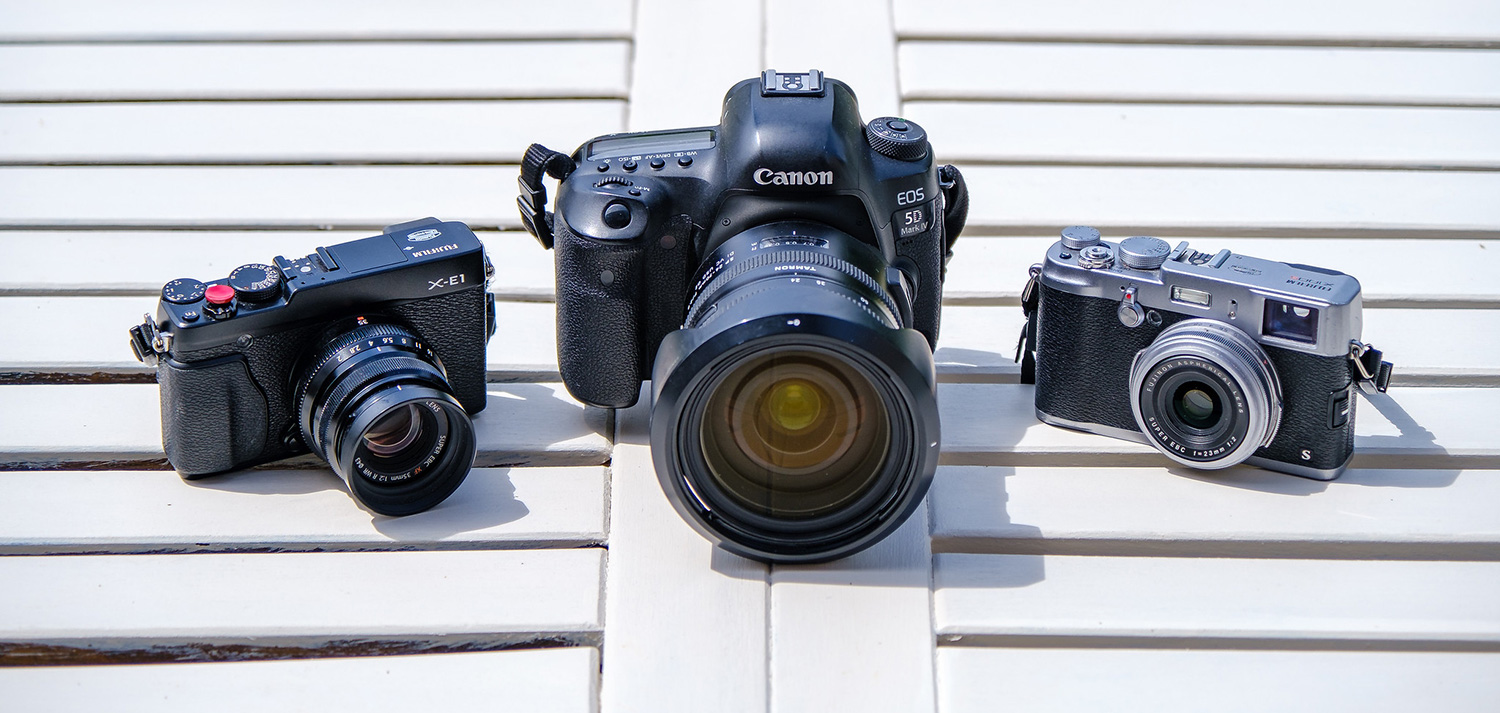
When I turned my passion into my full-time career, I did not want to lose it as a hobby. I had to figure out how I could separate my professional photographic work from my personal photography. I do this in a couple of ways.
First of all, I approach my professional work from a more technical point of view. Particularly my architectural work. Composition and lighting are very important for this type of photography, so I use tripods, lighting etc to help me get the results that I need. But for my personal work, I shoot everything handheld using natural available light. It is a far more organic approach which allows me a lot more freedom, and I can react quickly to anything that catches my eye.
The other difference is the equipment that I use. For my professional work, I use Canon gear. The Canon 5D Mark IV is a technically brilliant camera that produces very high-quality images. The downside is that the camera and lenses are bulky and very heavy which means that they are not suitable for throwing into a backpack to go hiking.
I needed something more portable. After a lot of research and experimentation, I settled on the Fuji system. Not only are the cameras substantially smaller than the Canons but with their analogue controls they are a joy to use. All the dials, knobs and buttons have the look and feel of older film cameras. It means that the two camera systems are completely different to use. The controls on the Fuji feel that bit more intuitive, and that adds to the sense of emersion when I am out shooting projects for myself.

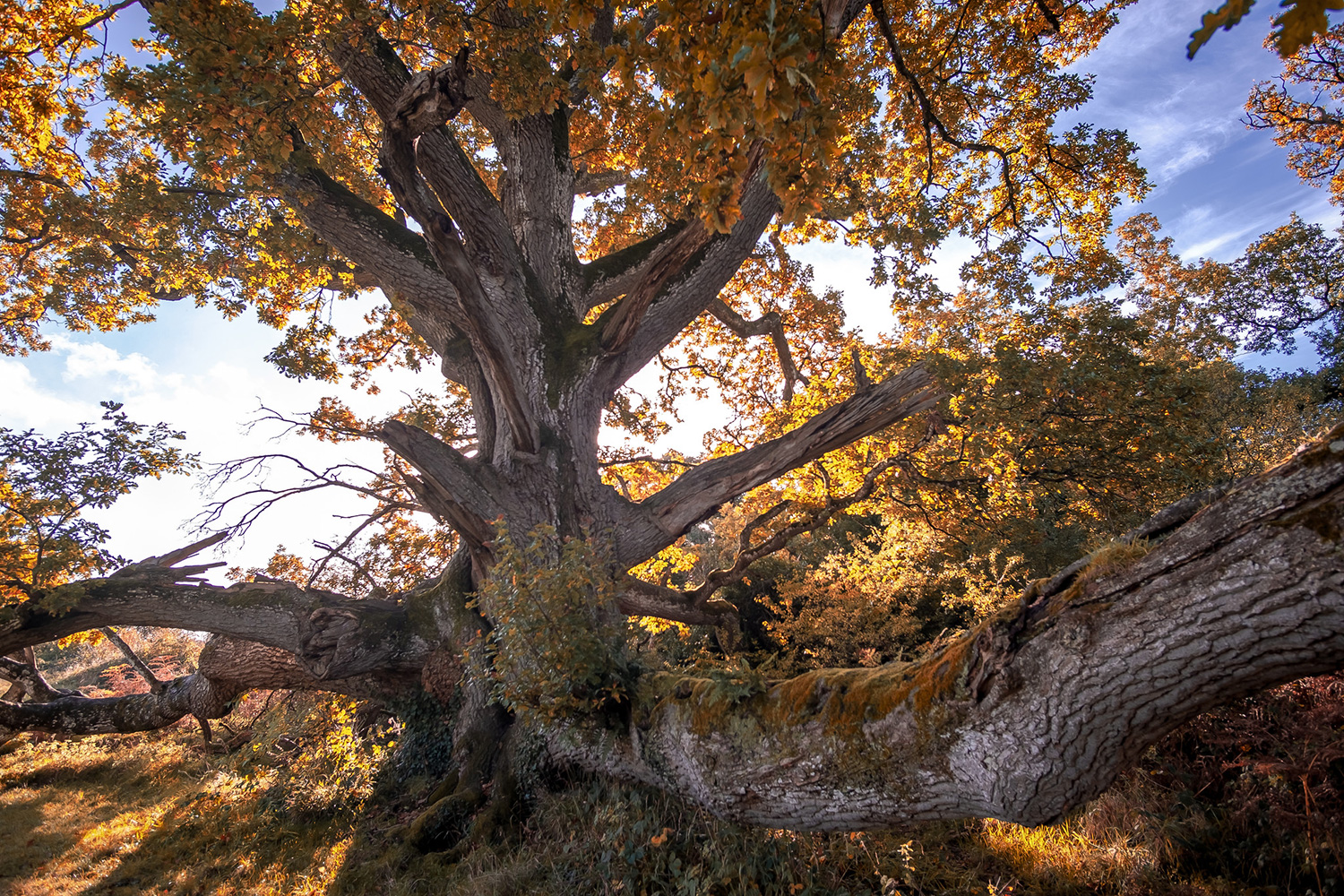
Ultimately, photography is not about the gear. The cameras are only tools, but by using the two systems I get two very different shooting experiences. As I mentioned above, I shoot all of my personal photos handheld without using tripods. I love the spontaneity of shooting handheld. I don’t plan anything in advance.
In the early days, I would set out to a location with a list of shots already in mind but would end up getting frustrated if conditions weren’t right. This is not what mindfulness is about. Now I prefer to explore with camera in hand while keeping an eye out for potential shots. This approach makes me far more aware of my surroundings and what effect the light is having. I am in the zone. Everything else is forgotten. It’s why I love photography.
I am very lucky to be surrounded by stunning scenery where I live. In the past, I didn’t fully appreciate how beautiful many of the locations were. Once I started to explore, with my camera, I looked at these places in a whole new light. Old buildings, abandoned farms and even local tourist attractions that I had previously only glimpsed at are now treasure troves of possibilities. I realise now that before I became a photographer, I never really looked at the landscape around me.

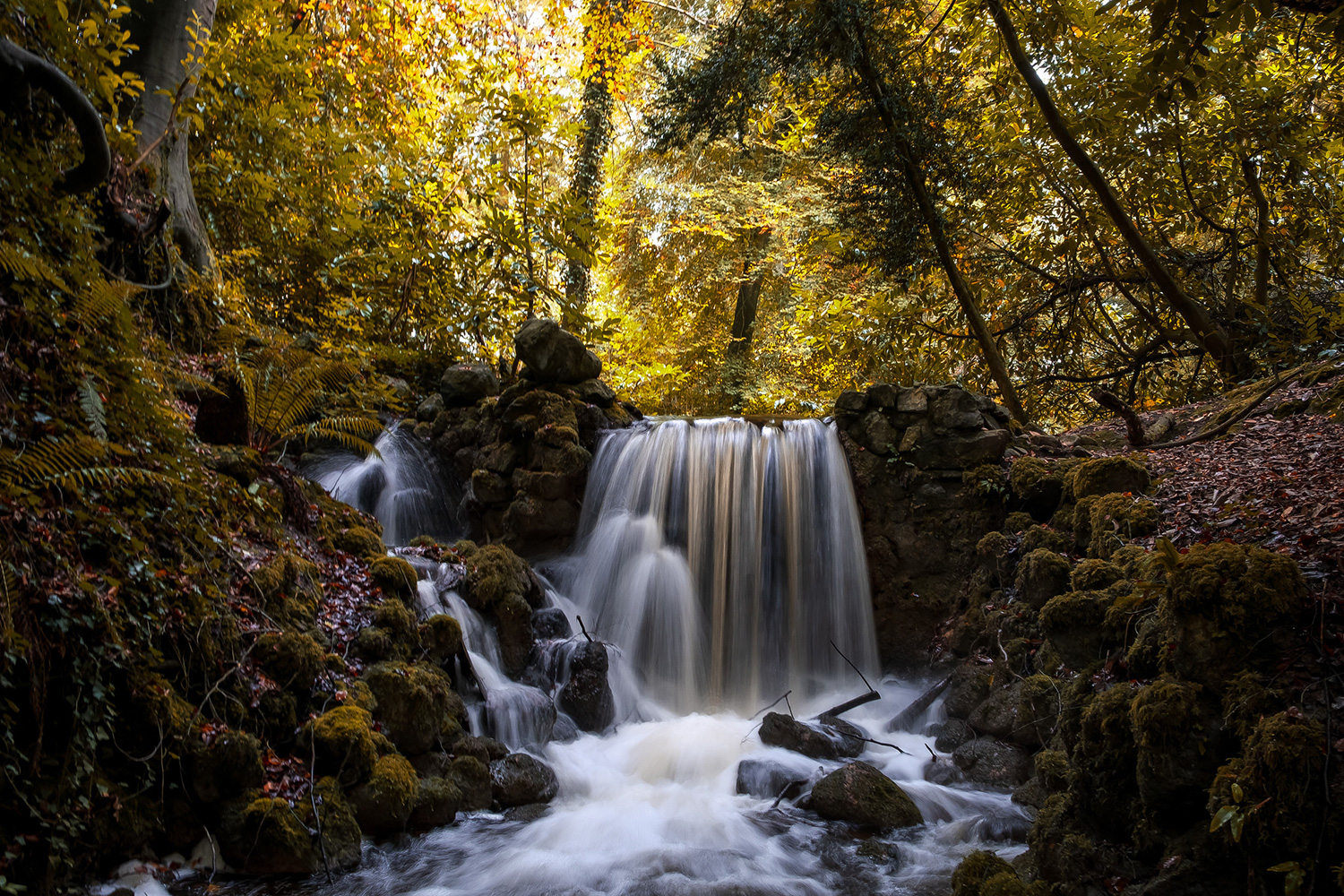
Sunsets and sunrises are a staple of any photographer’s catalogue, and it’s not hard to see why. Capturing the colour and light can result in beautiful images, but that is not the only appeal. Usually, when the sky is at its best, there is a stillness in the air. I will try to find a location where I am on my own and can take in this sense of calm while capturing the everchanging skies around me.
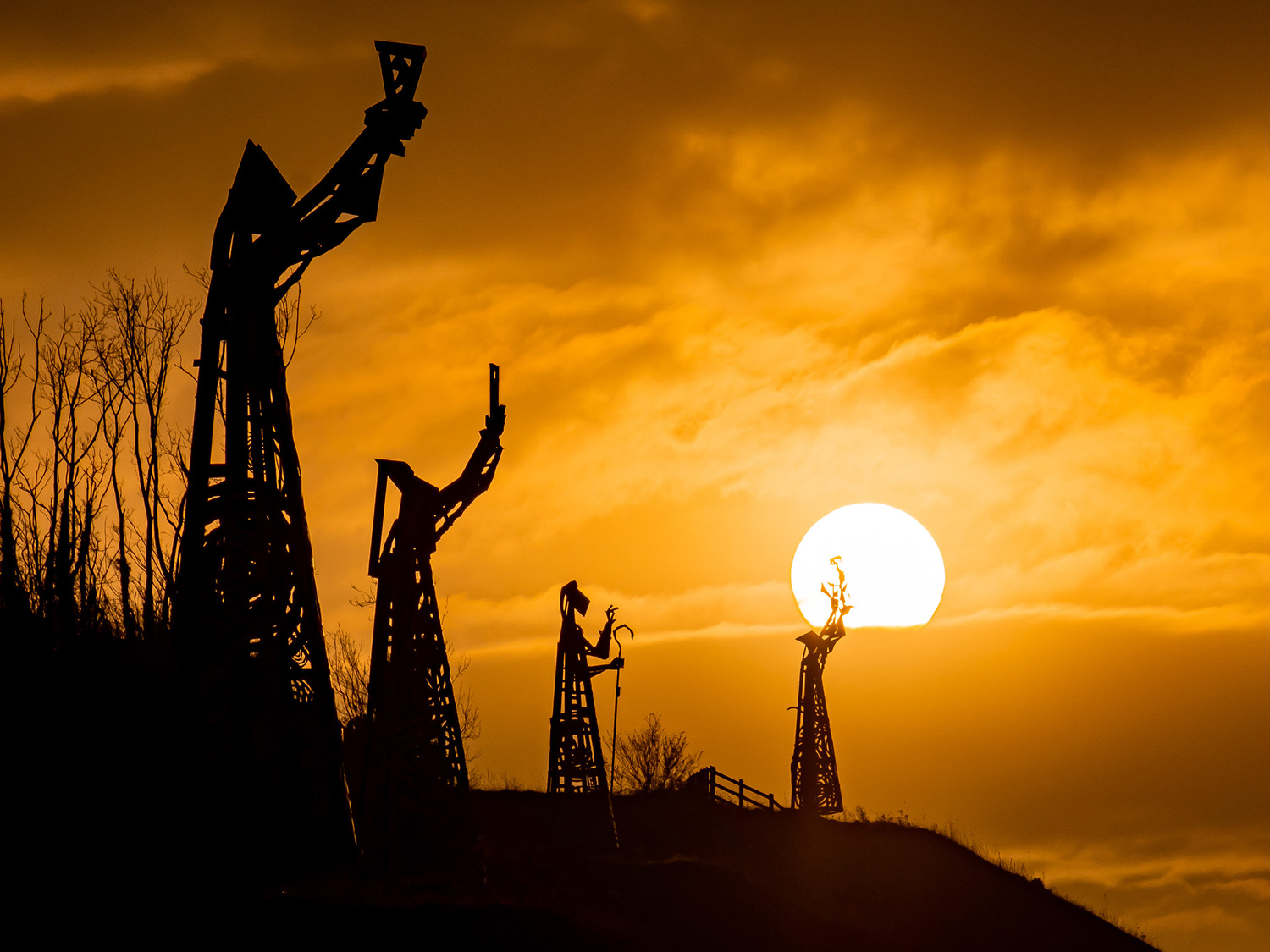
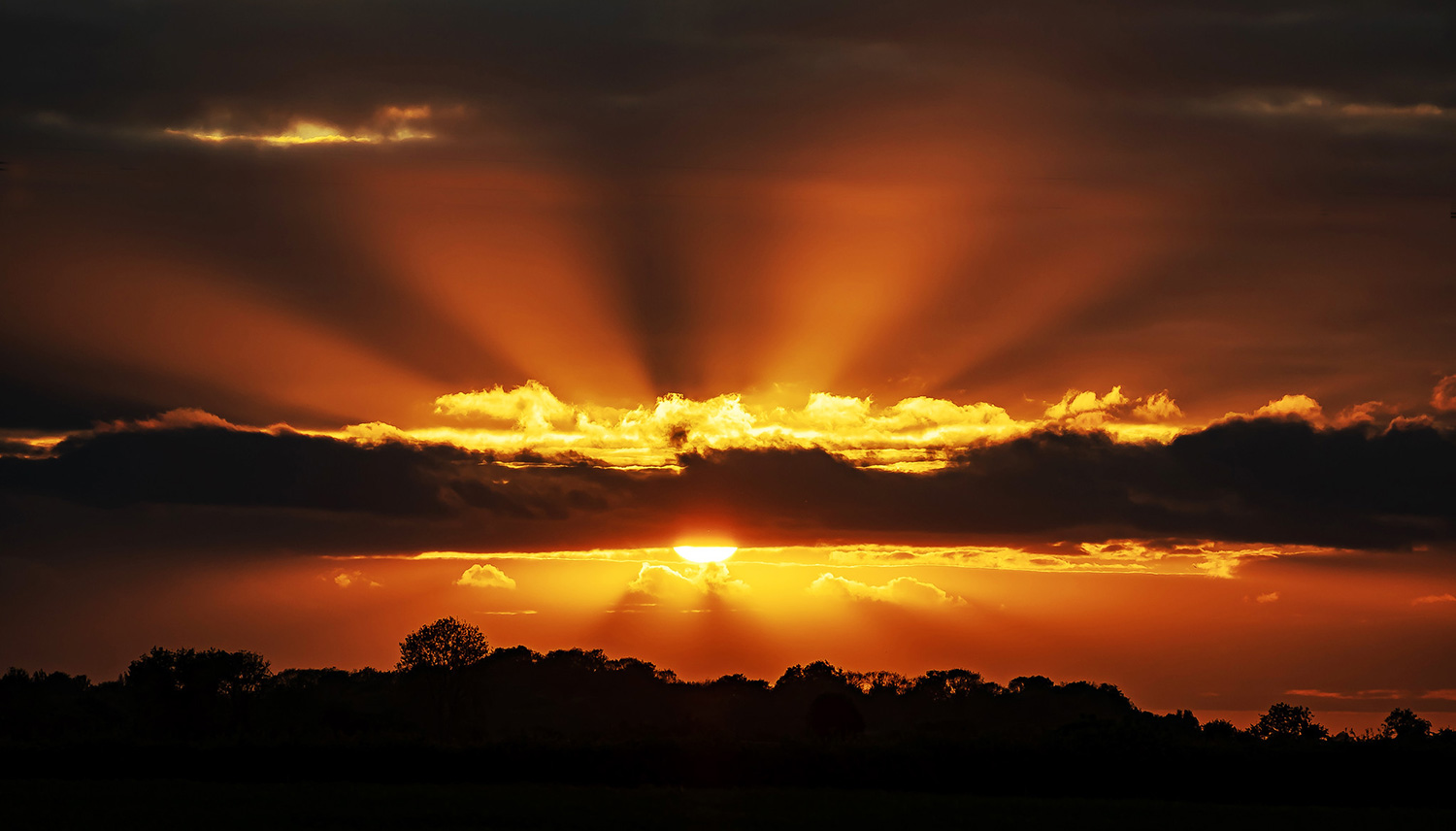
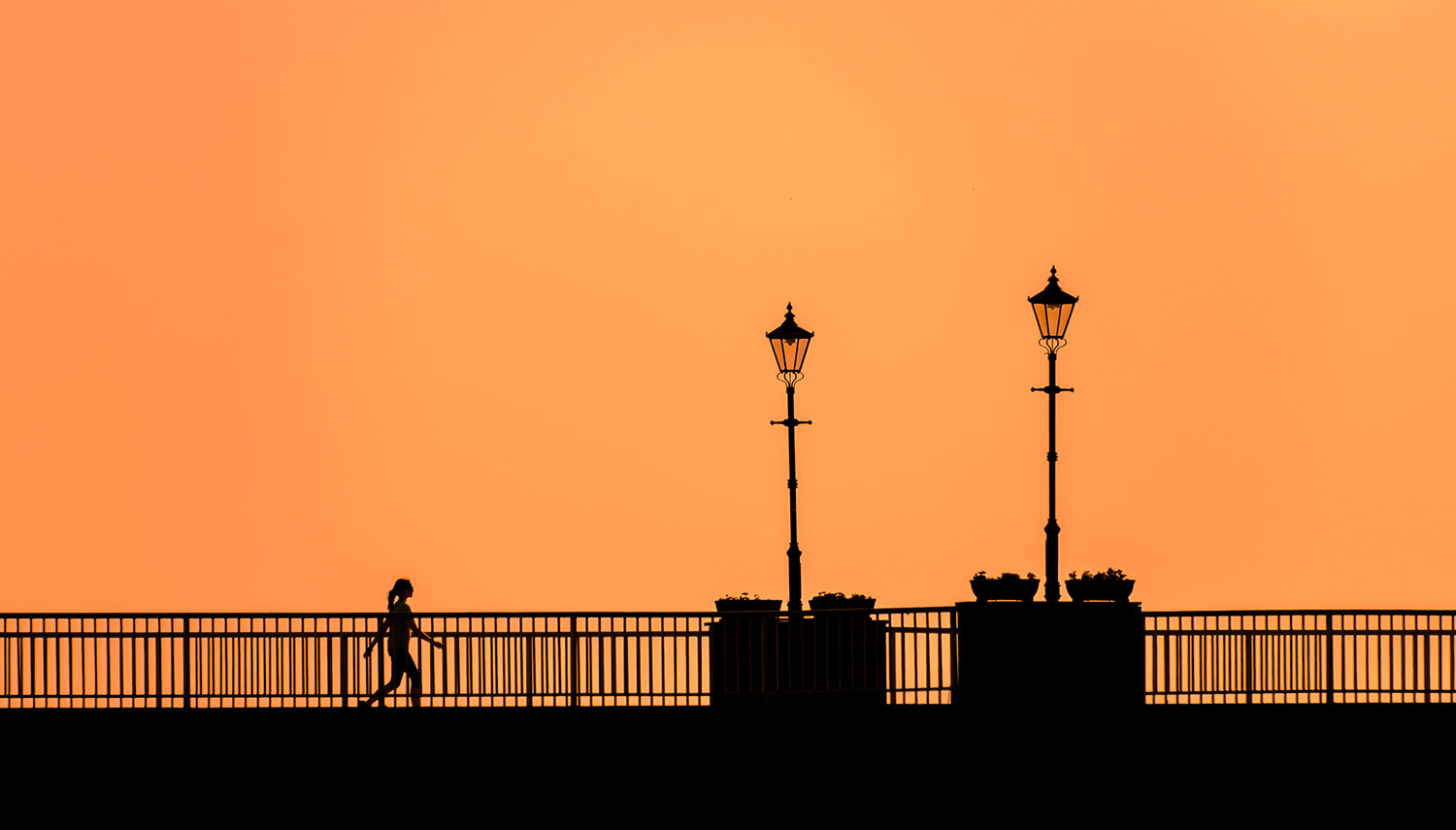
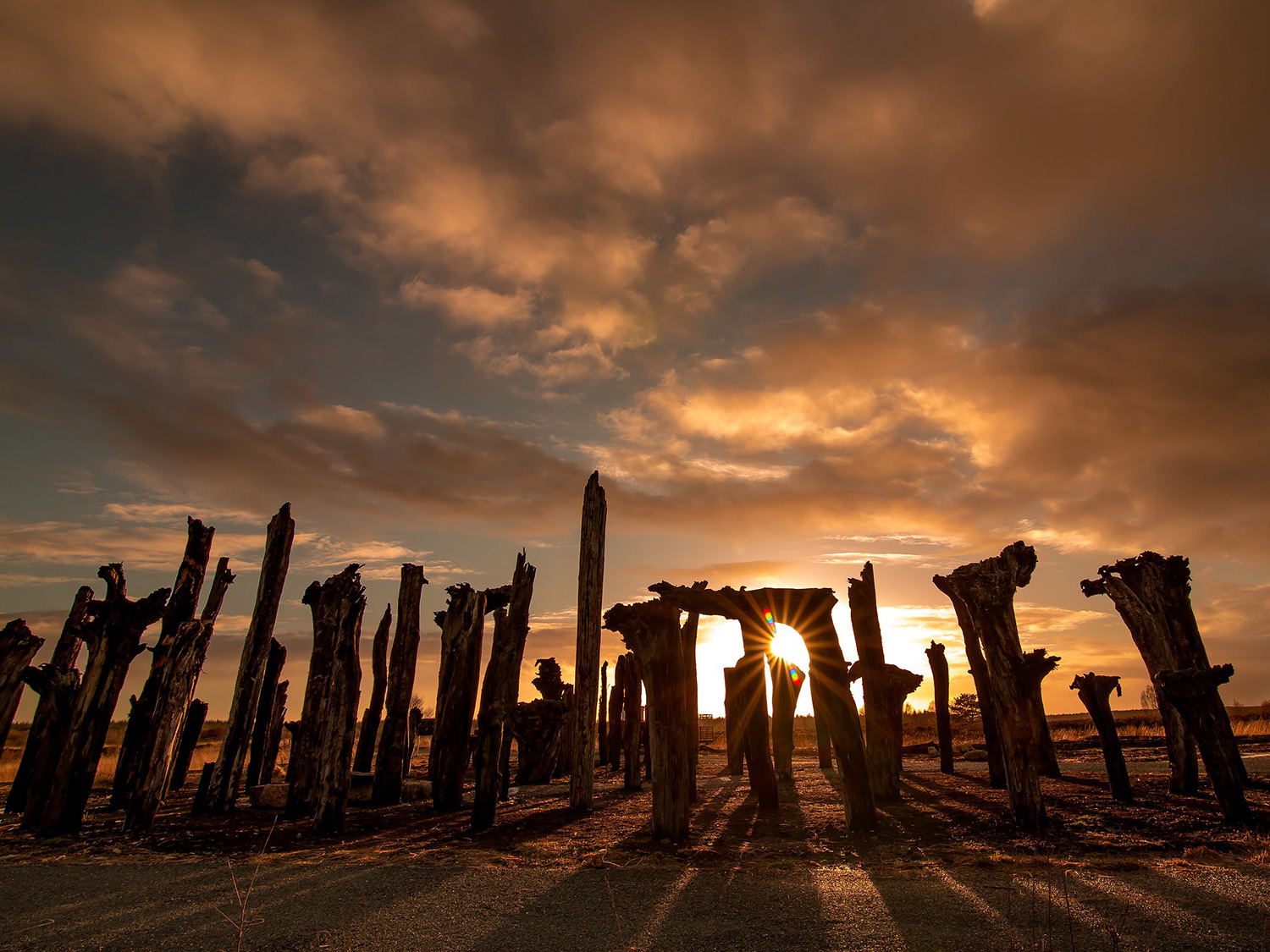
RIGHT: Canon 6D . Canon EF16-28mm . f/11 . 1/125″ . ISO 200
My commercial work can be quite challenging at times. Particularly when shooting a wedding, a music festival or directing large groups of people. These are very dynamic environments that are constantly changing, and I have to be fully alert to everything going on around me to capture the images that I need. It can be demanding, so when I am taking photographs for myself, I am looking for the exact opposite to that. Finding a location with still water and mirrorlike reflections is the perfect antidote. As I immerse myself into the scenery I can feel the stresses of the day subside as the calmness surrounds me.
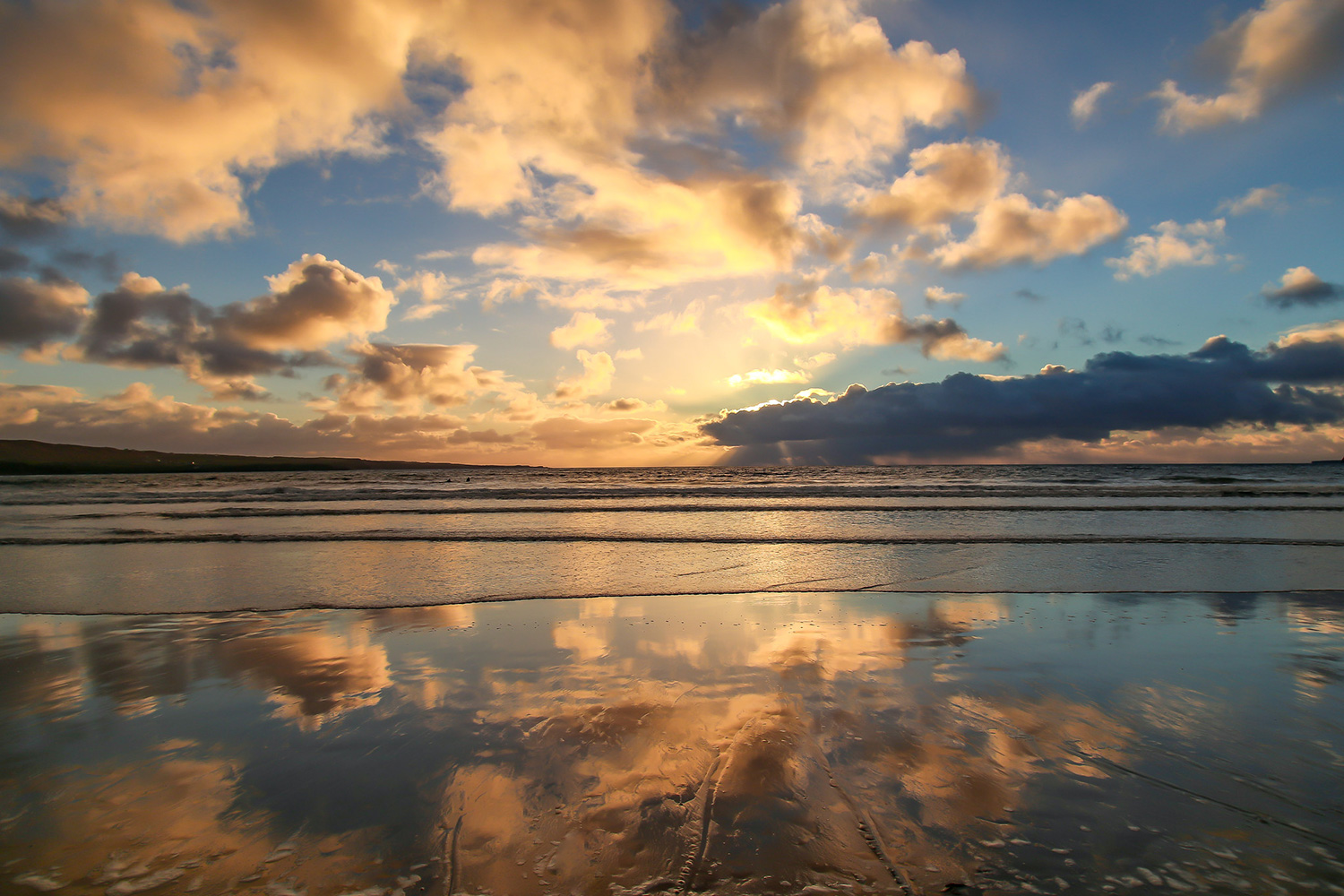
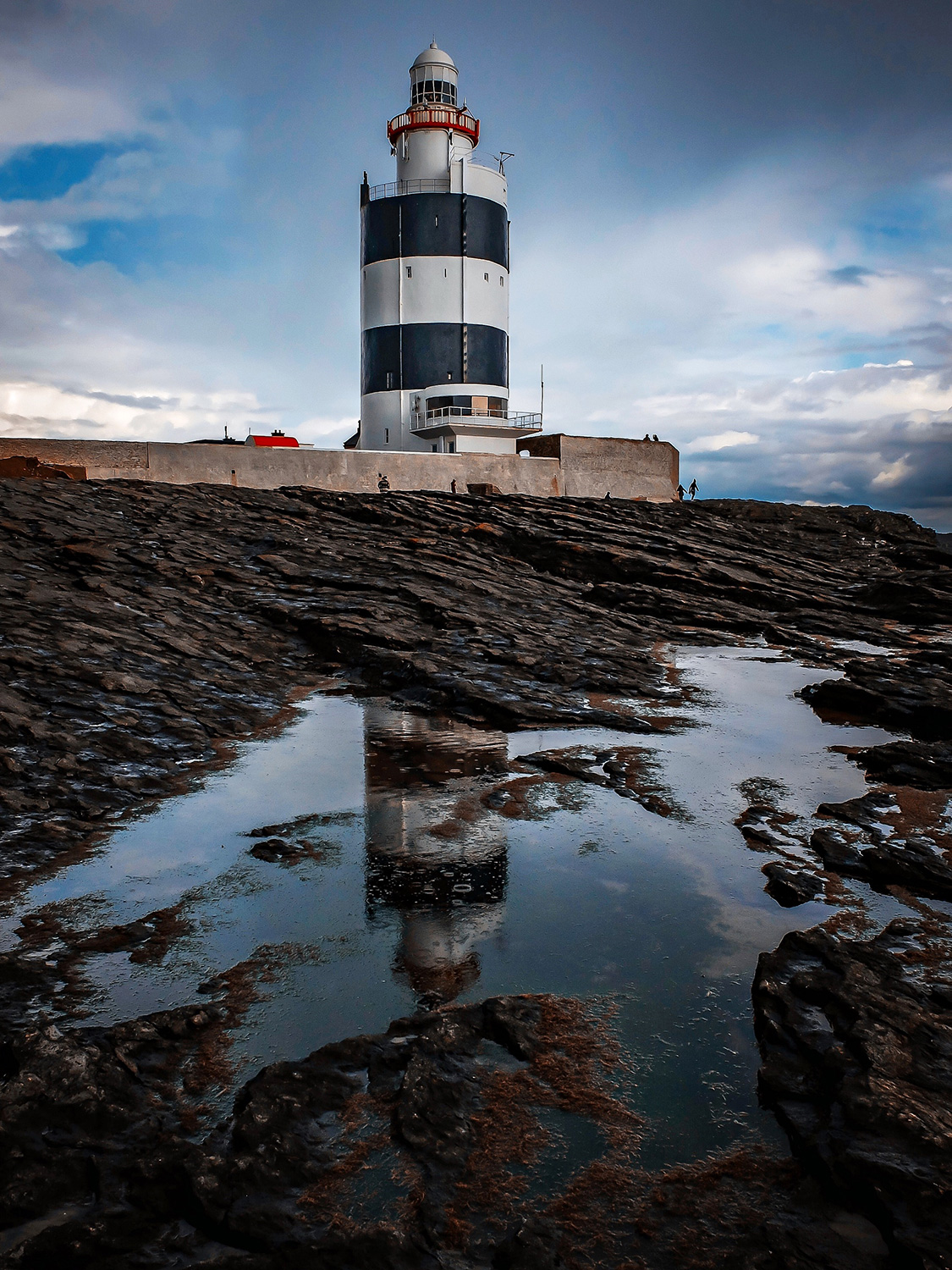
As a photographer, one of my favourite subjects is actually the weather. I love capturing the effect that weather and seasonal changes can have on the landscape. Particularly snow, fog and mist, but I am also partial to the odd rainbow as well. There can be a lot of luck involved in being in the right place at the right time to capture the conditions, but when it works, there is a sense of achievement. I also like being out in adverse weather conditions as it makes me feel alive.
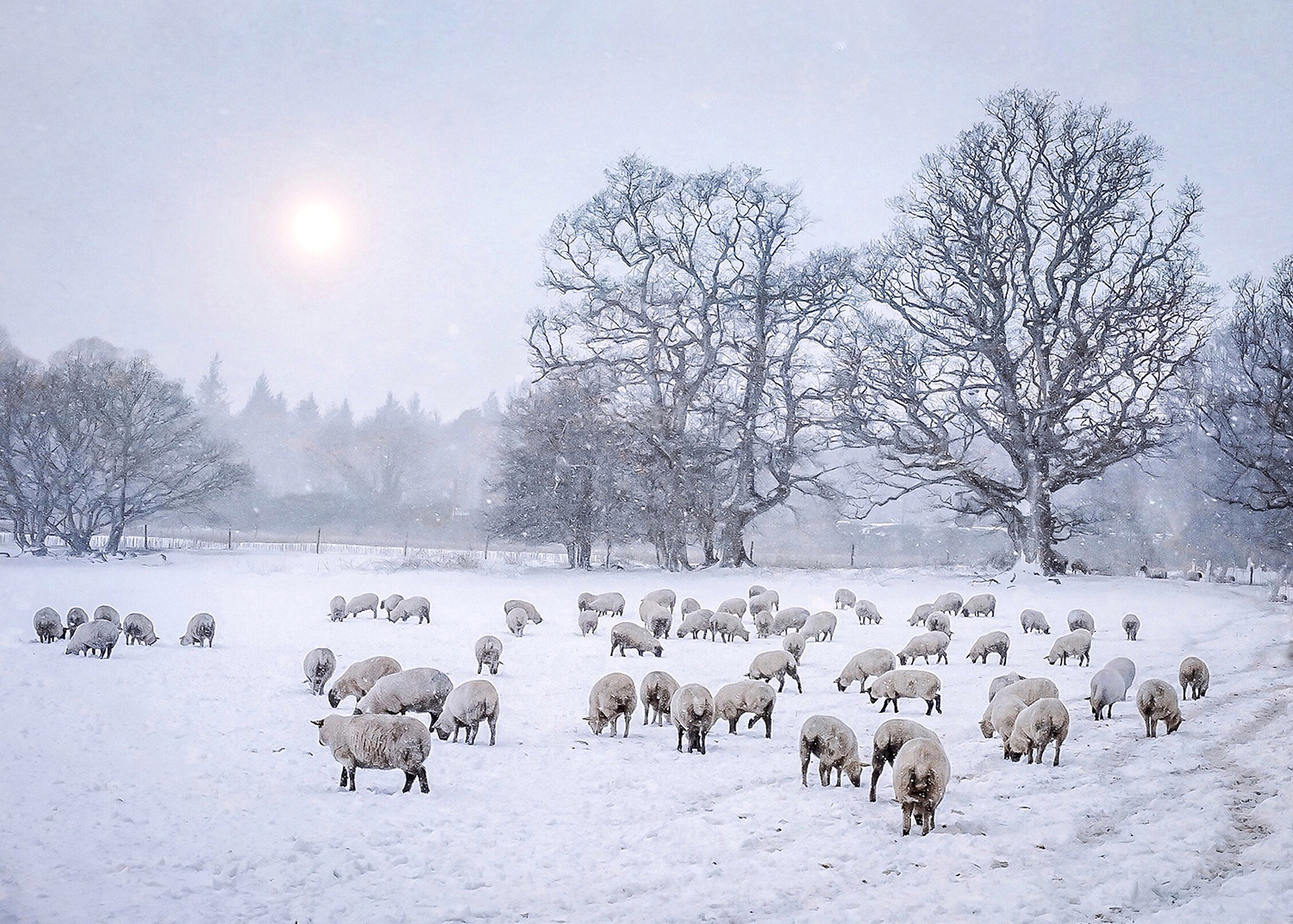
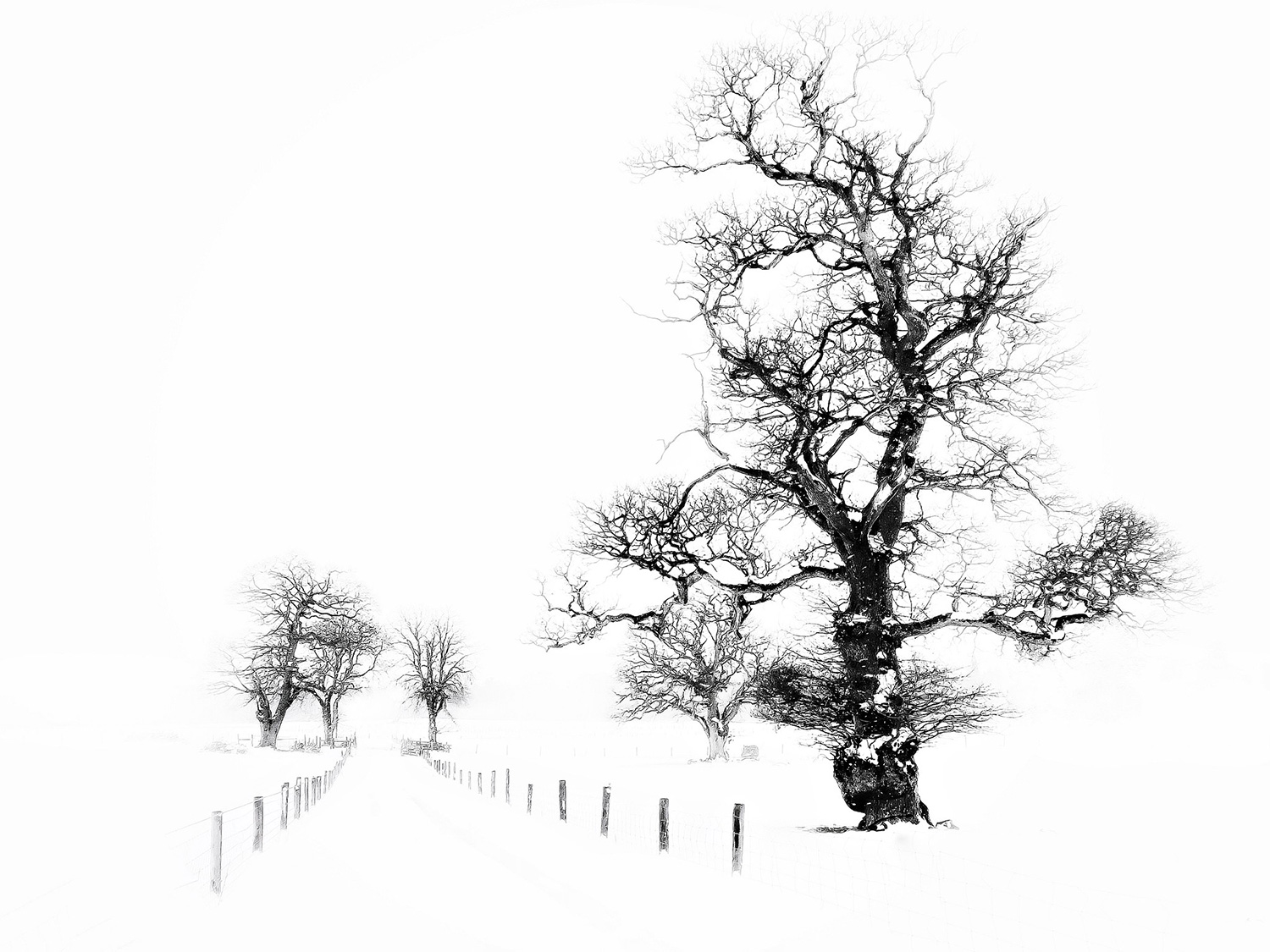
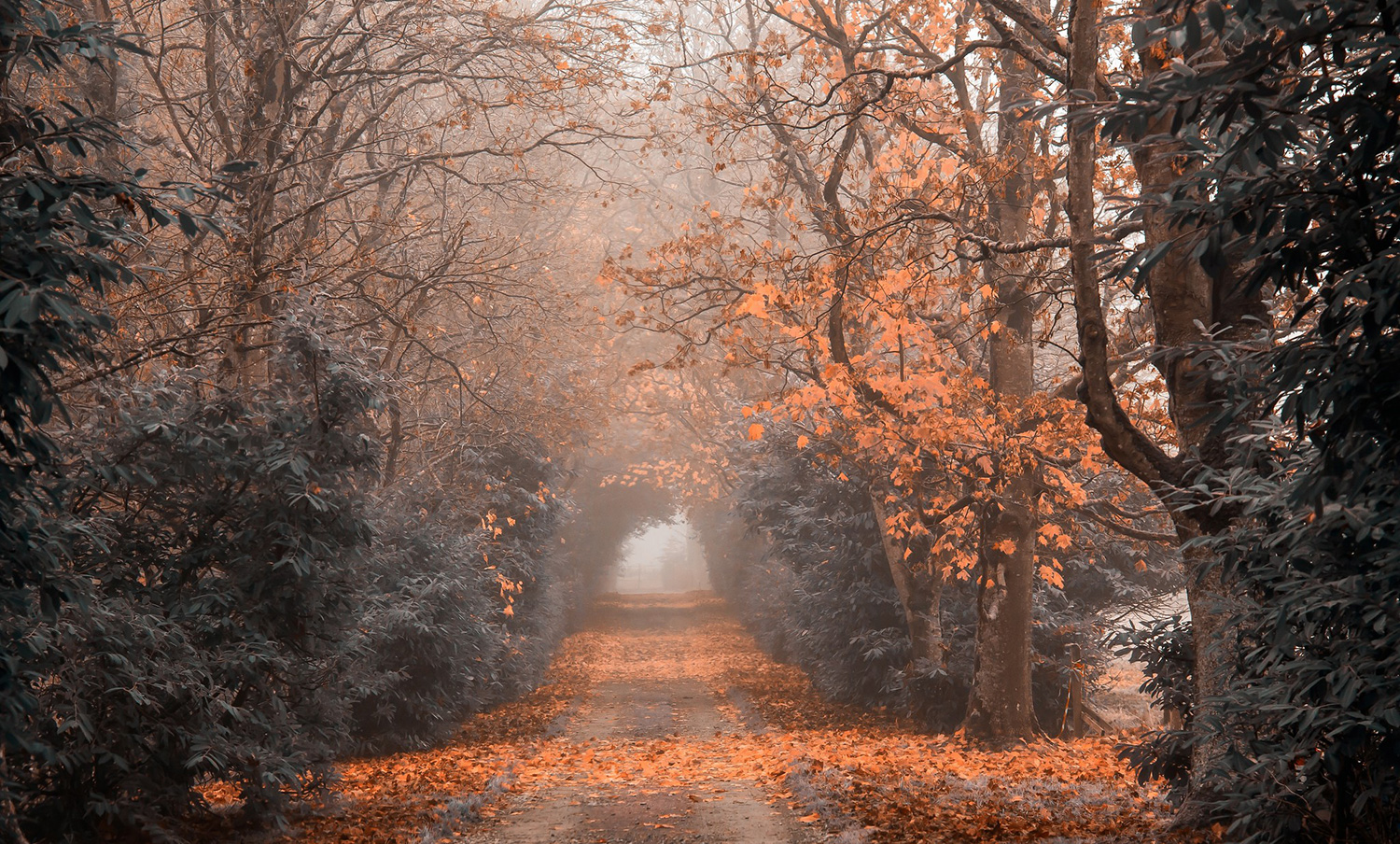
RIGHT: Canon 6D . Canon EF24-105mmF4 @105mm . f/7.1 . 1/250″ . ISO 2500
One of the only times that I actually planned a series of photos was when I wanted to capture the different seasons in a street in my home town. I wanted each season to be clearly identifiable, but in Ireland, we often get mild winters or wet summers. It took two and half years to get the four images below, and in each case, I had to stand in position for over an hour to get the road free from traffic.
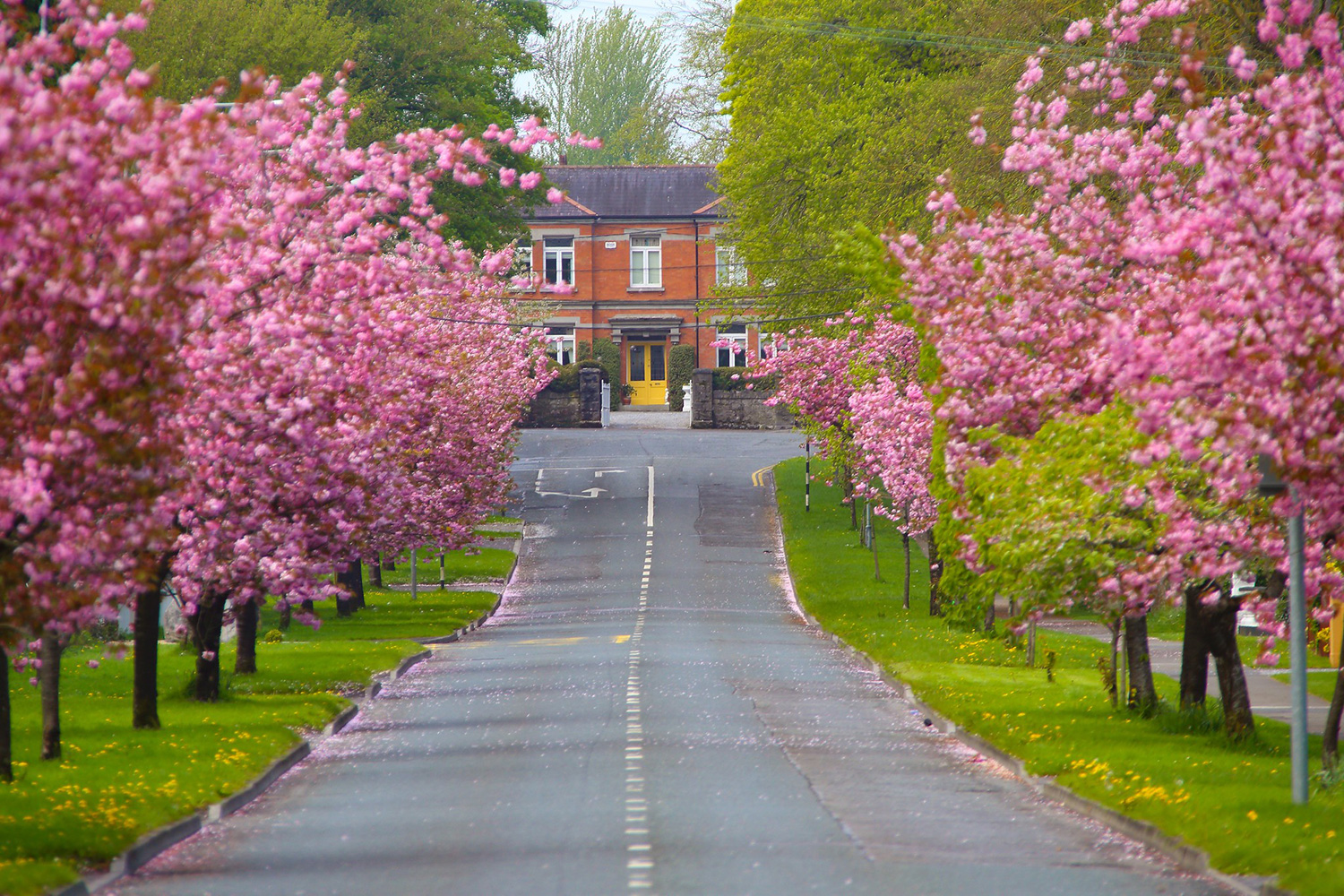
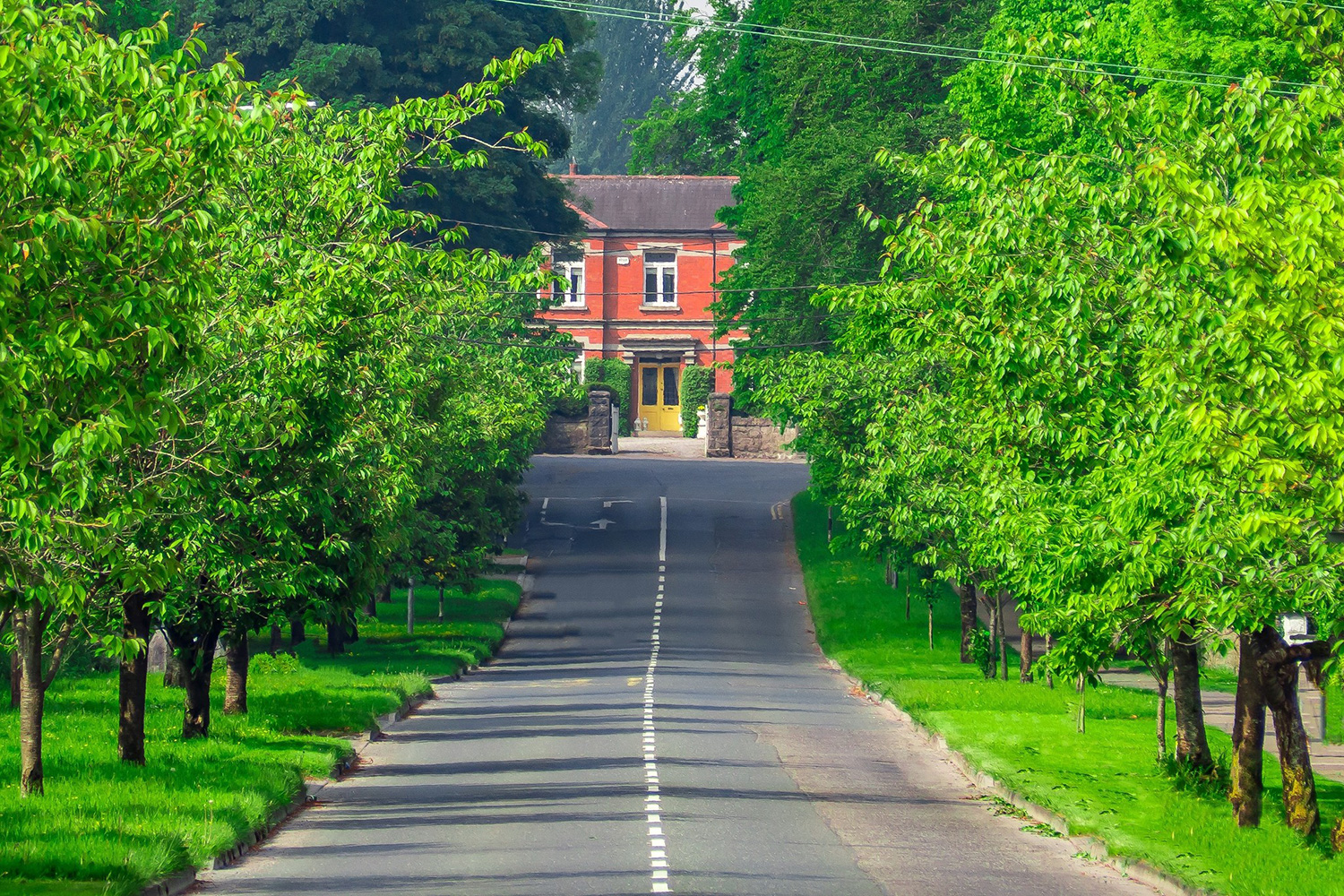
RIGHT: Olympus E-M10 MK II . Olympus M.Zuiko 40-150mmF4.0-5.6 @150mm . f/5.6 . 1/640″ . ISO 200
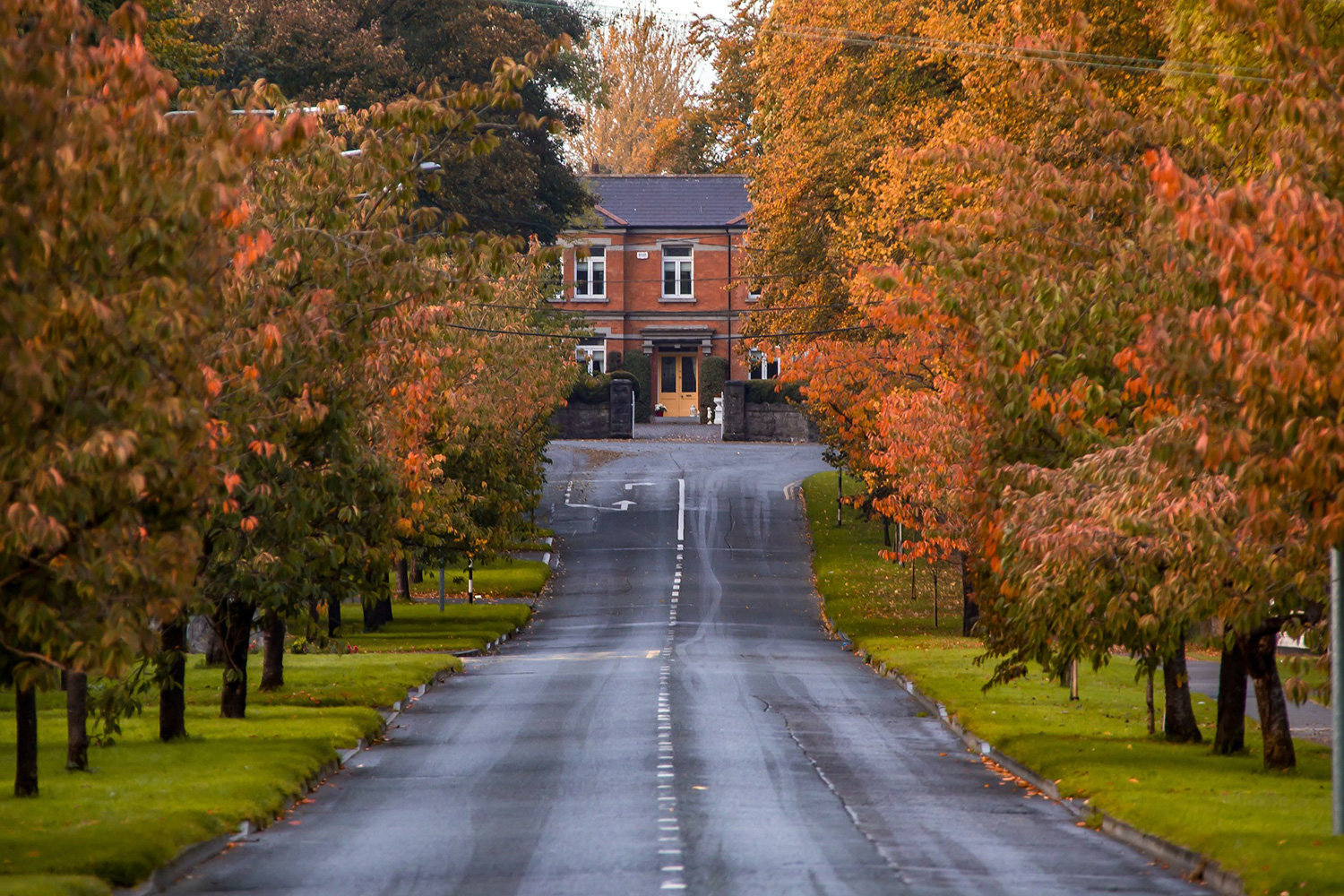
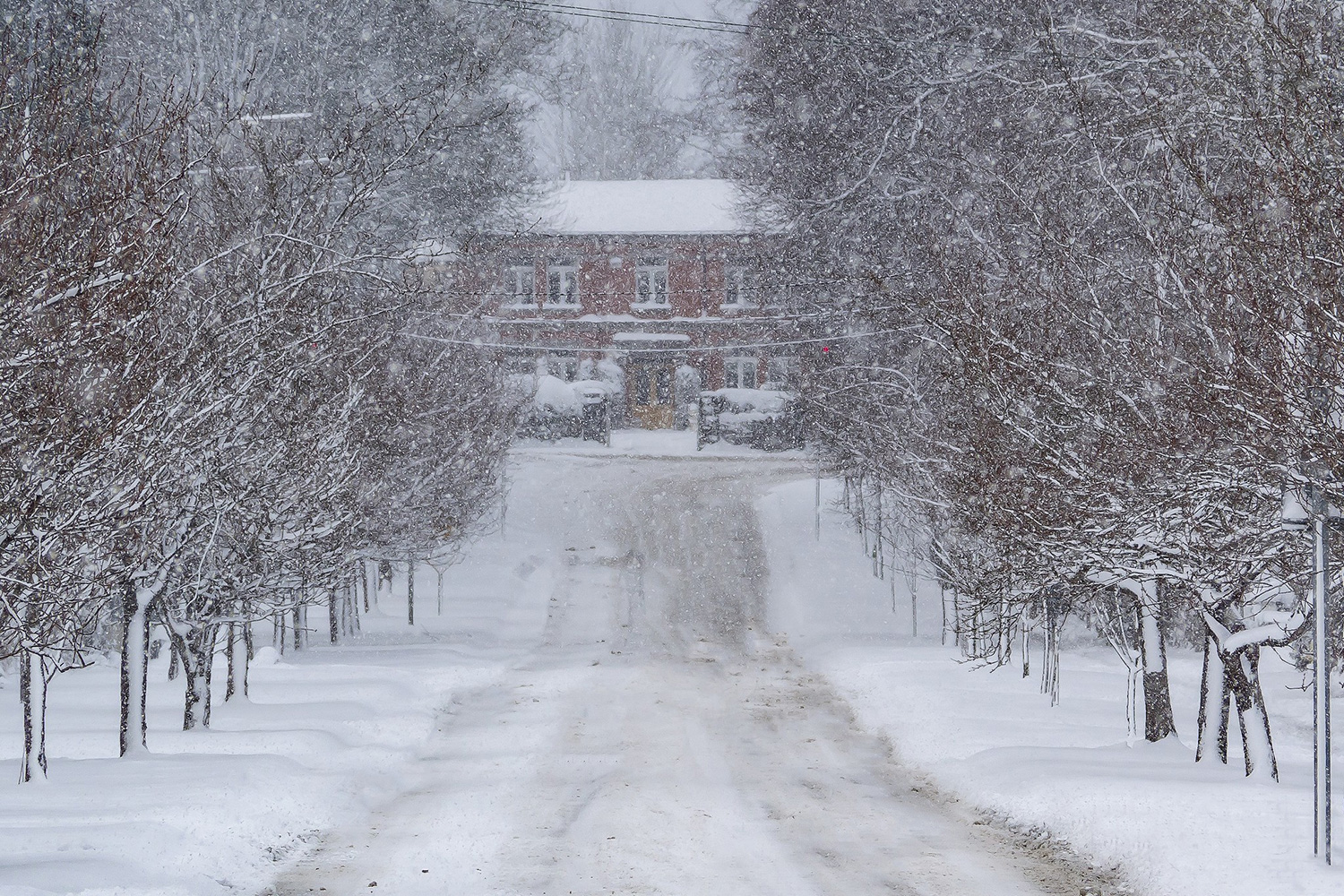
RIGHT: Olympus E-M10 MK II . Olympus M.Zuiko 40-150mmF4.0-5.6 @150mm . f/8 . 1/500″ . ISO 200
The winter shot was the hardest as I wanted it to be snowing and car-free at the same time. It took 2 hours, but it was worth it. And in the true essence of mindfulness, I was fully invested in getting the shot that I wanted and all other distractions were blocked out.
I am not a wildlife photographer, but I do attempt it every now and again. It requires a lot of patience. You have to wait for all the elements in the scene to come together to get the shot you want. For the best results, you have to be perfectly still and bide your time until you capture that moment. But when it works, it is worth the time you put into it.
Even when I can’t travel to my favourite locations, I can still get my fix of mindfulness by breaking out a macro lens and exploring the flowerbeds and hedgerows closer to home. There is a whole world at this macro level that we don’t notice as we go about our daily lives, but I have lost many an hour in a small patch of daisies or following an insect moving about in this unseen world. There are also beautifully intricate details to be discovered when you look closely enough.
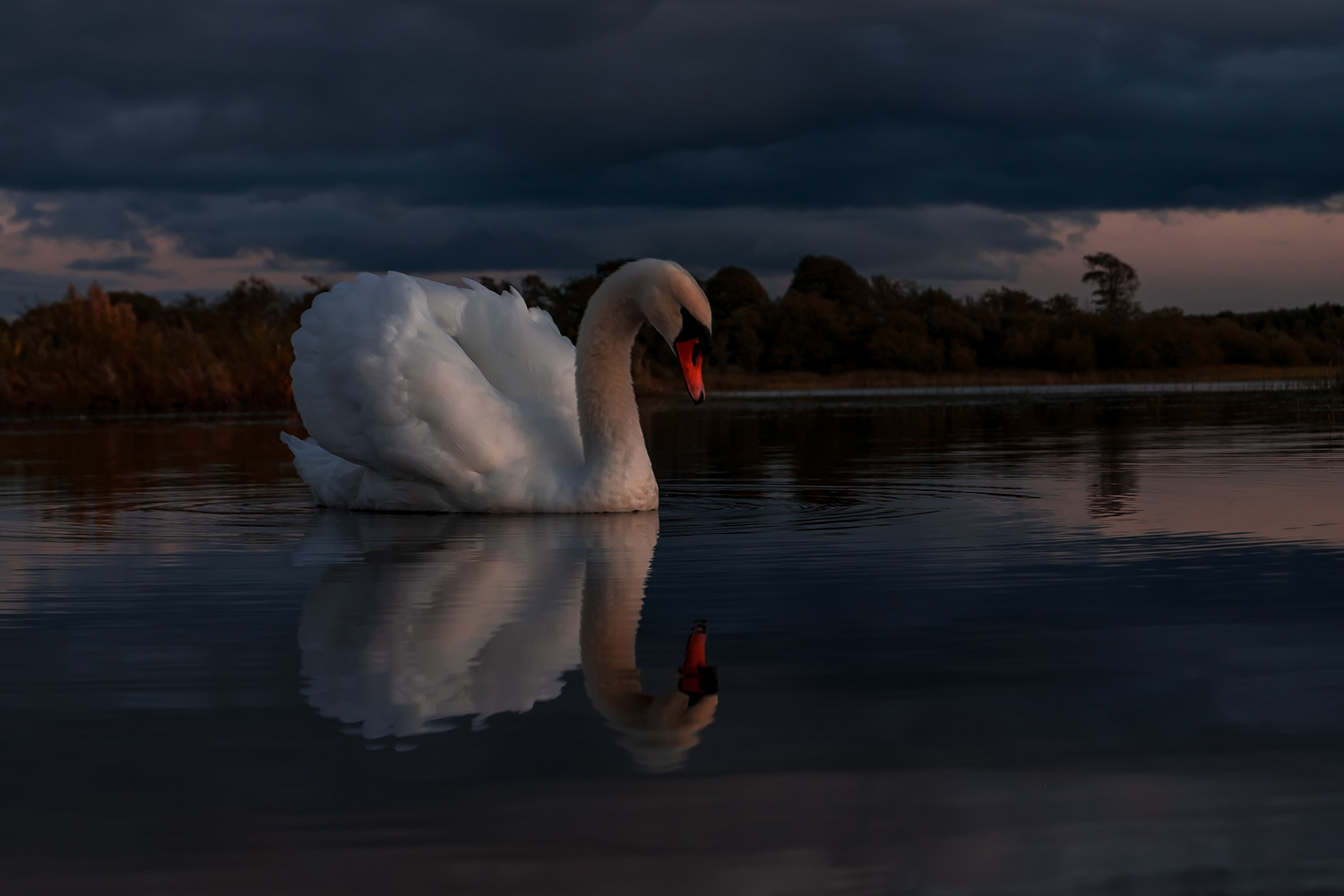
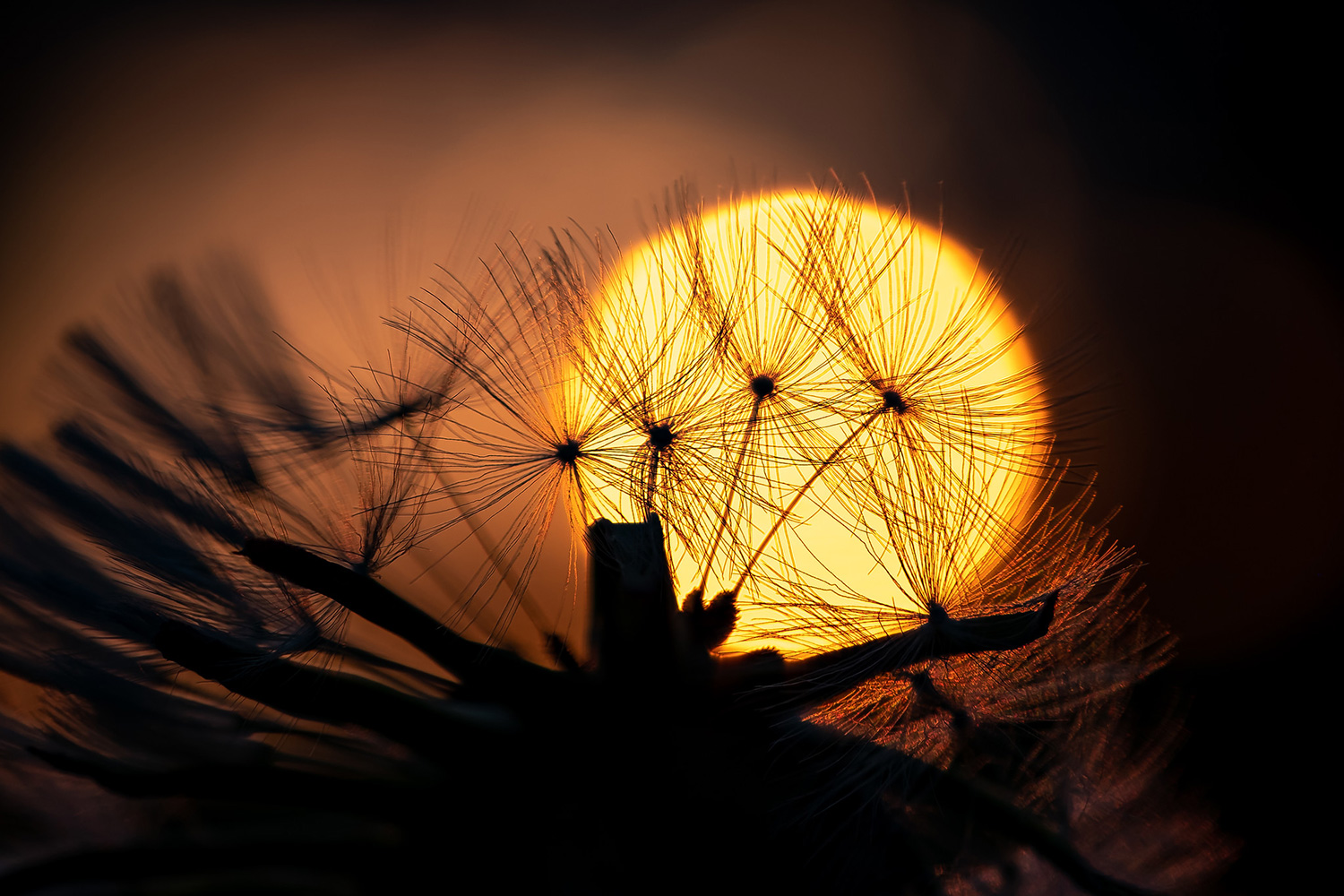
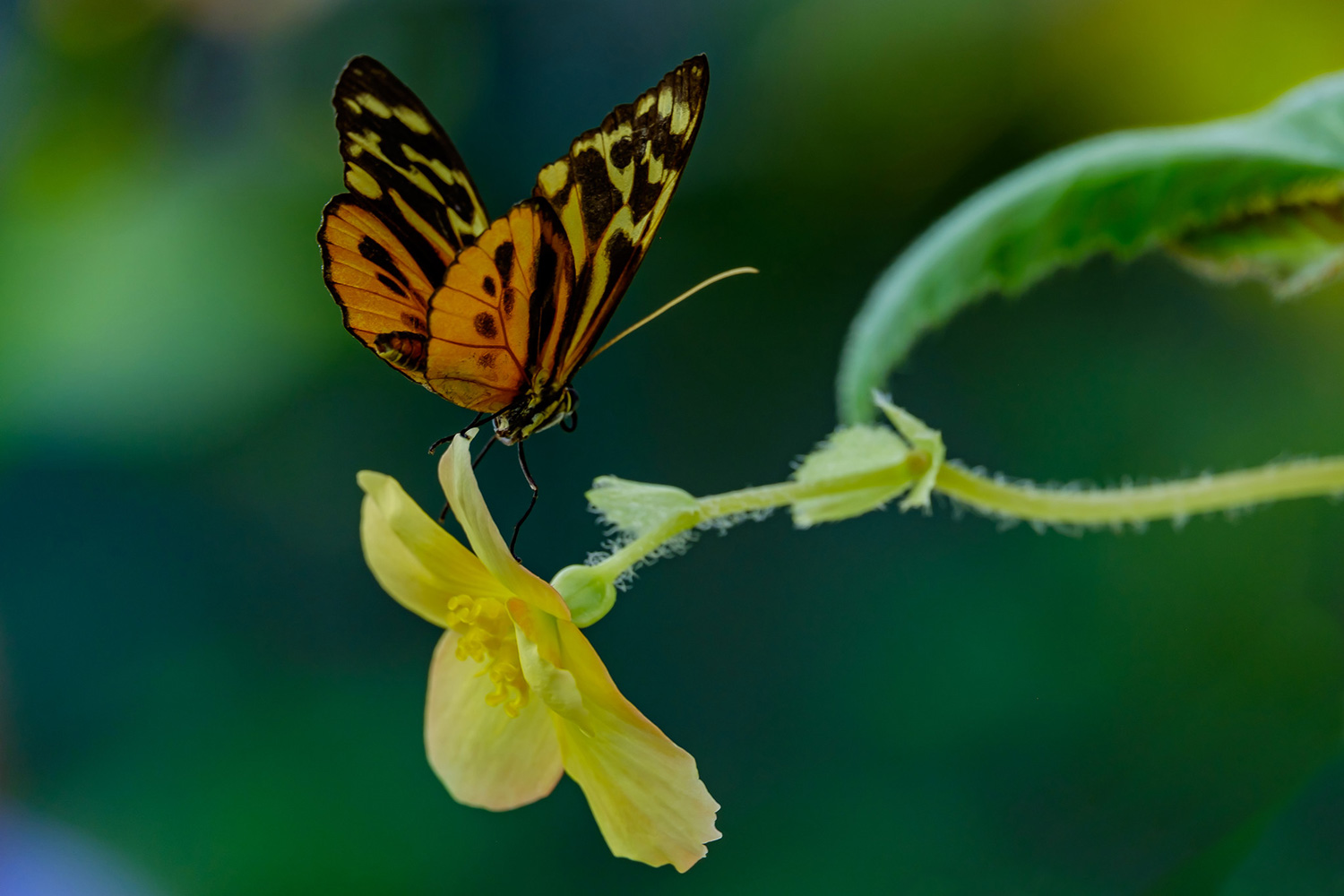
RIGHT: Fuji X-T10 . Fuji XC50-230mmF4.5-6.7 @181.90mm . f/6.4 . 1/60″ . ISO 200
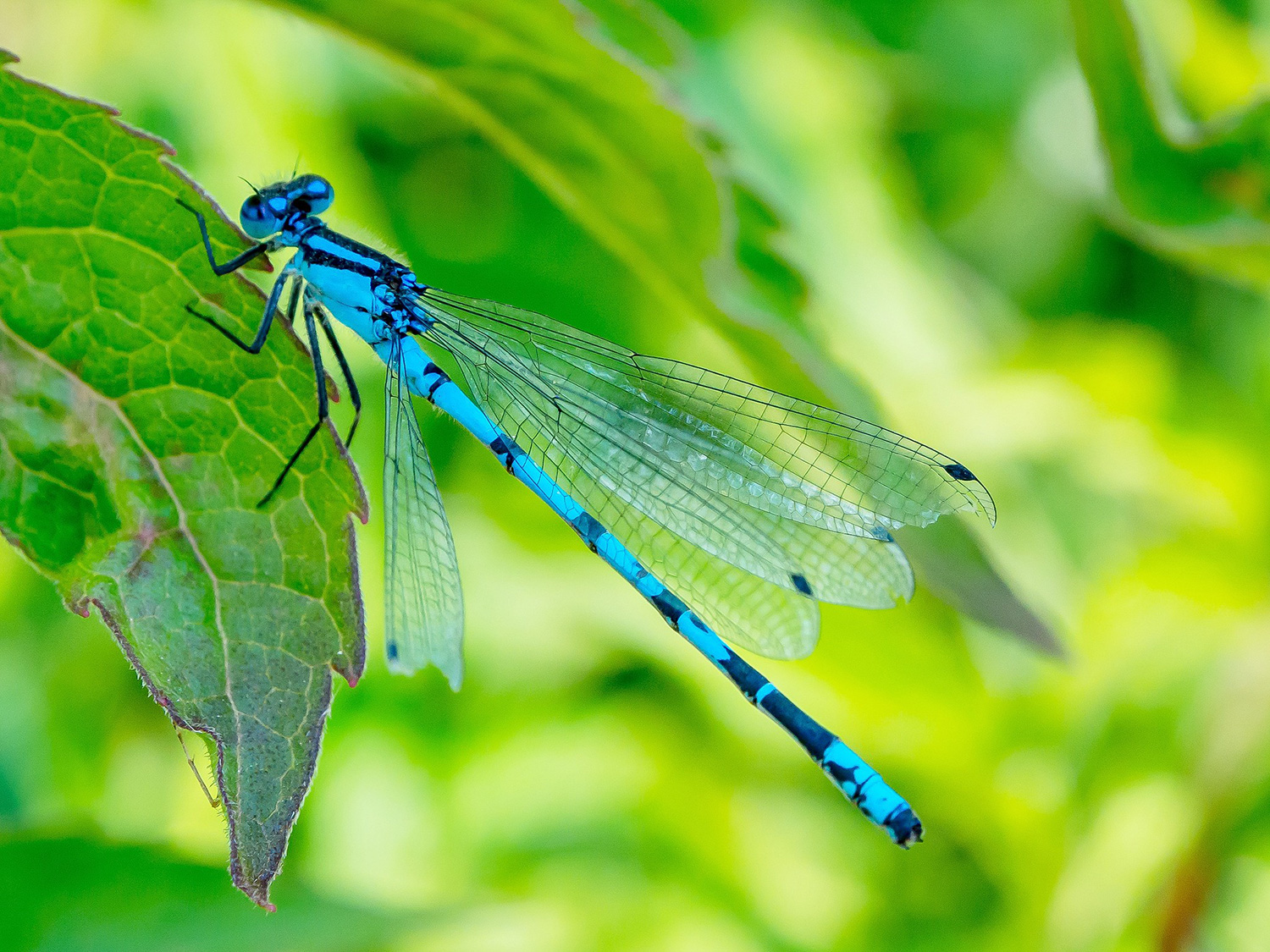
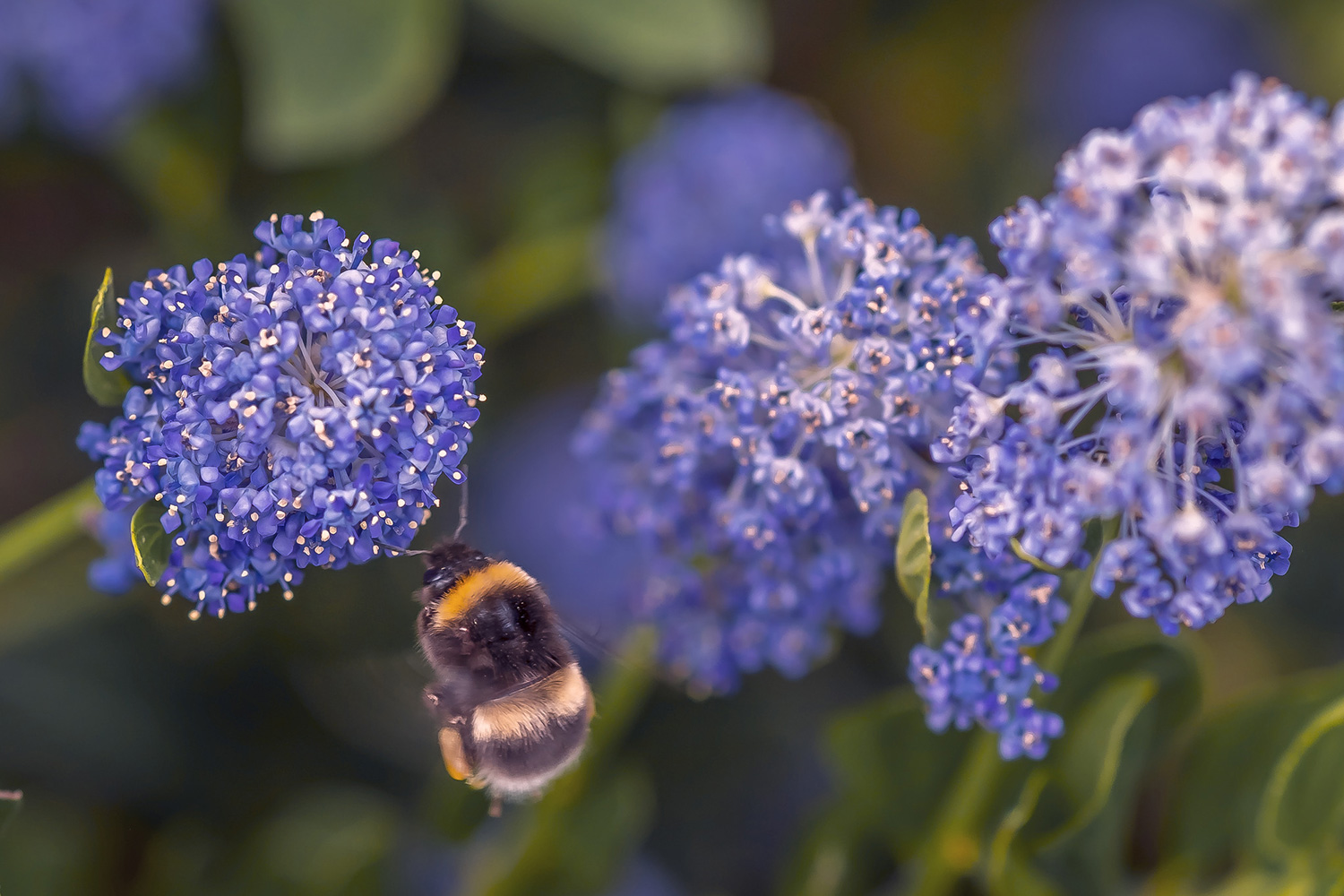
RIGHT: Fuji X-T20 . Fuji XF60mmF2.4 Macro @60mm . f/4.0 . 1/500″ . ISO 200
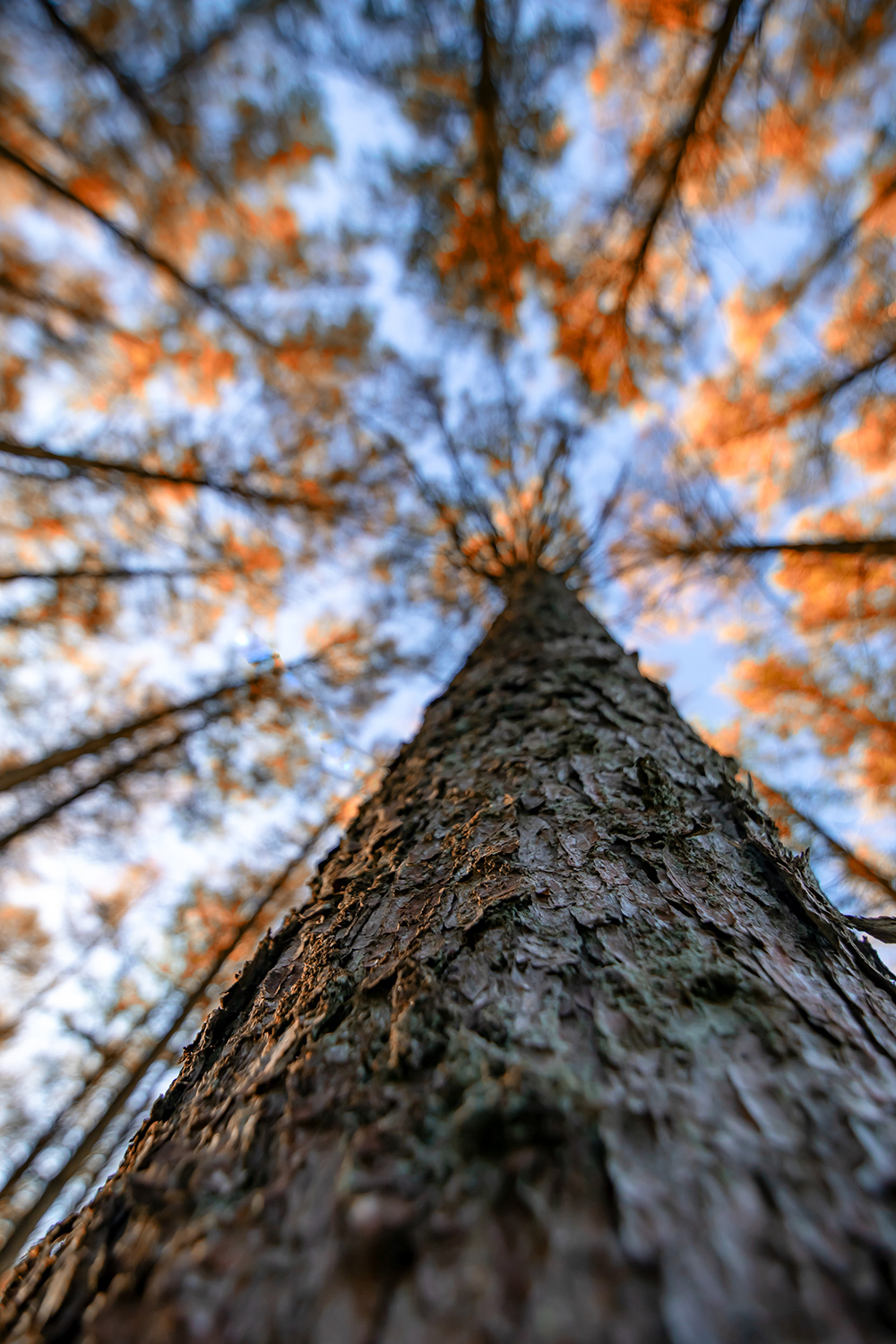
Also, a simple trick of changing your point of view can allow you to get different images of locations that you have shot many times before.
You might think that from what I have said that you have to immerse yourself in nature to be able to practice mindfulness as a photographer but that is not the case. I have been able to block out the chaos of modern city life by looking out for photos as I wander the streets. For me, I love to capture patterns or symmetry in buildings and streetscapes. Cities can be very stressful environments but it is possible to remove yourself from that stress.
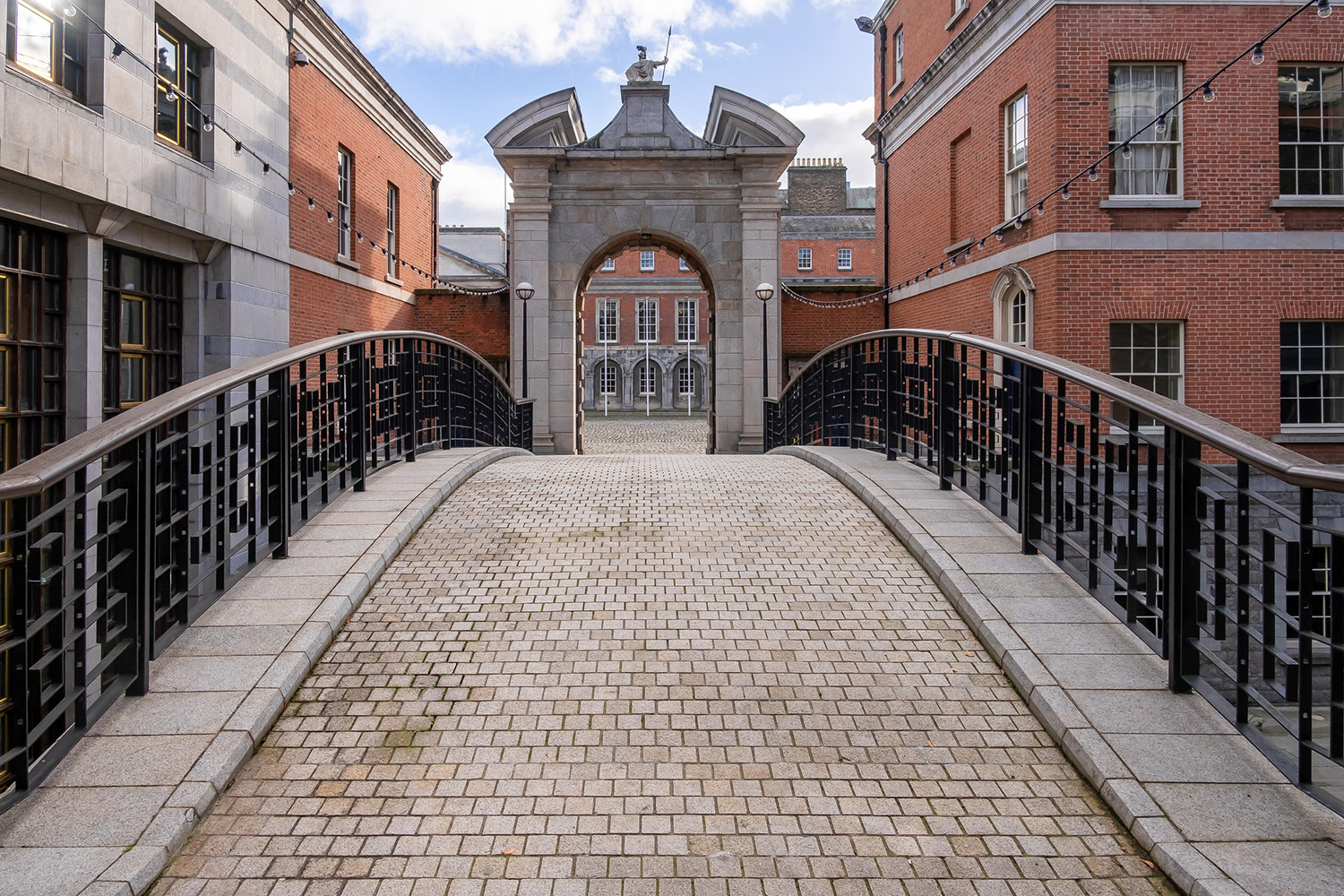
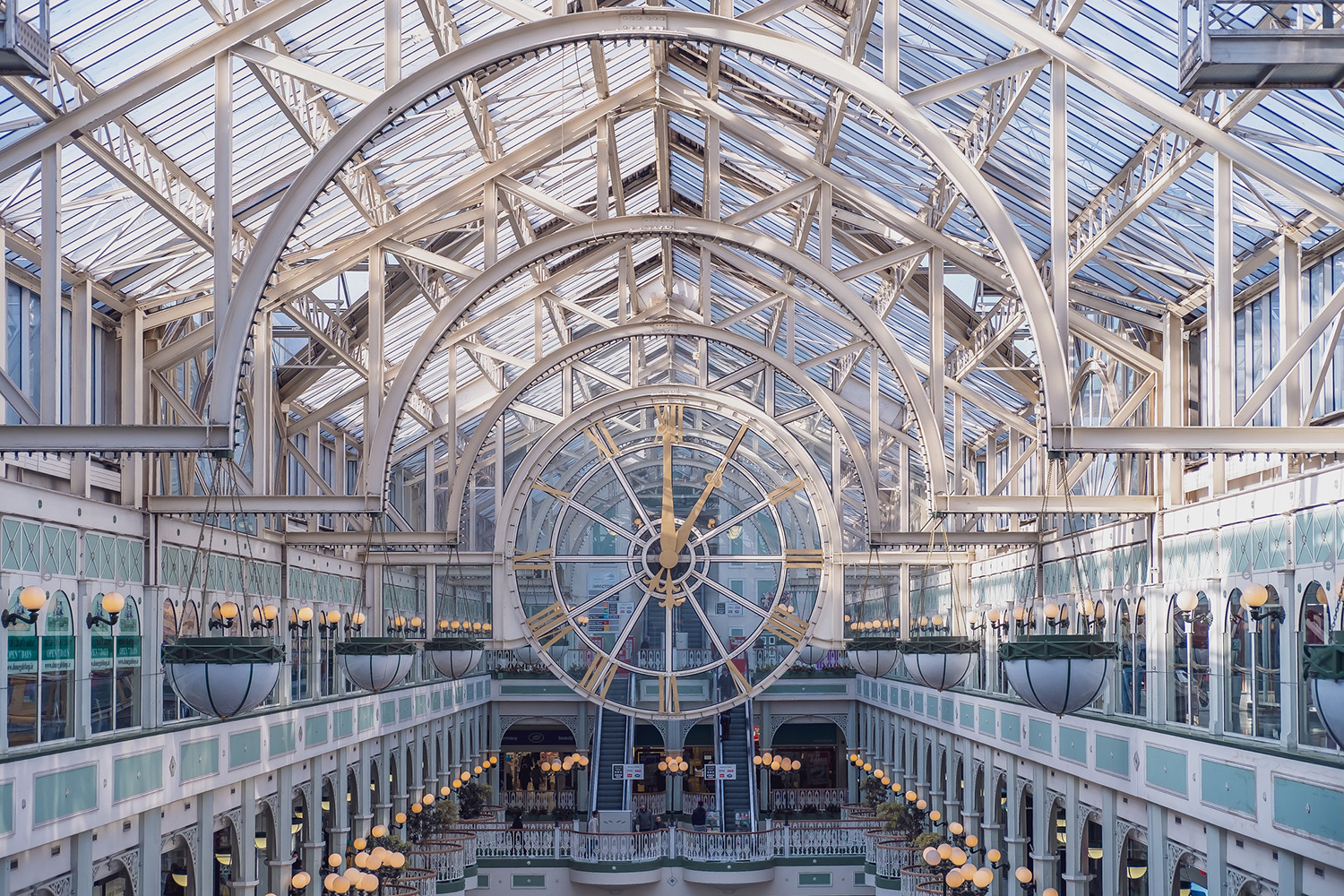
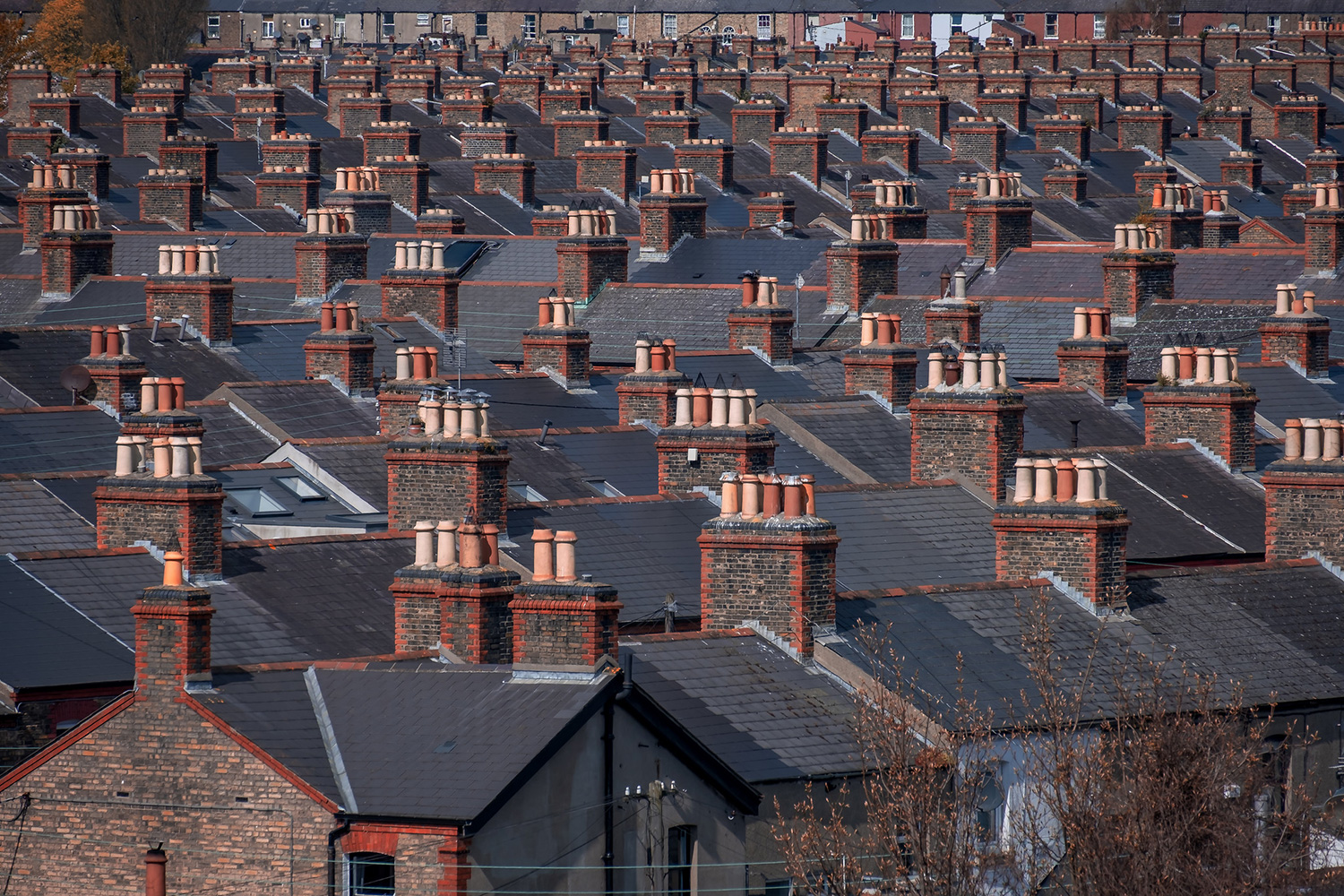
RIGHT: Fuji X-T3 . Fuji XC50-230mmF4.5-6.7 @204.60mm . f/8 . 1/500″ . ISO 160
Finally, one of my favourite ways to unwind is to head out for a family walk. Again I will always have my camera with me, but I prefer not to go for posed or staged photos. My kids are still young enough that they enjoy playing and exploring new locations. I like to capture these candid moments.
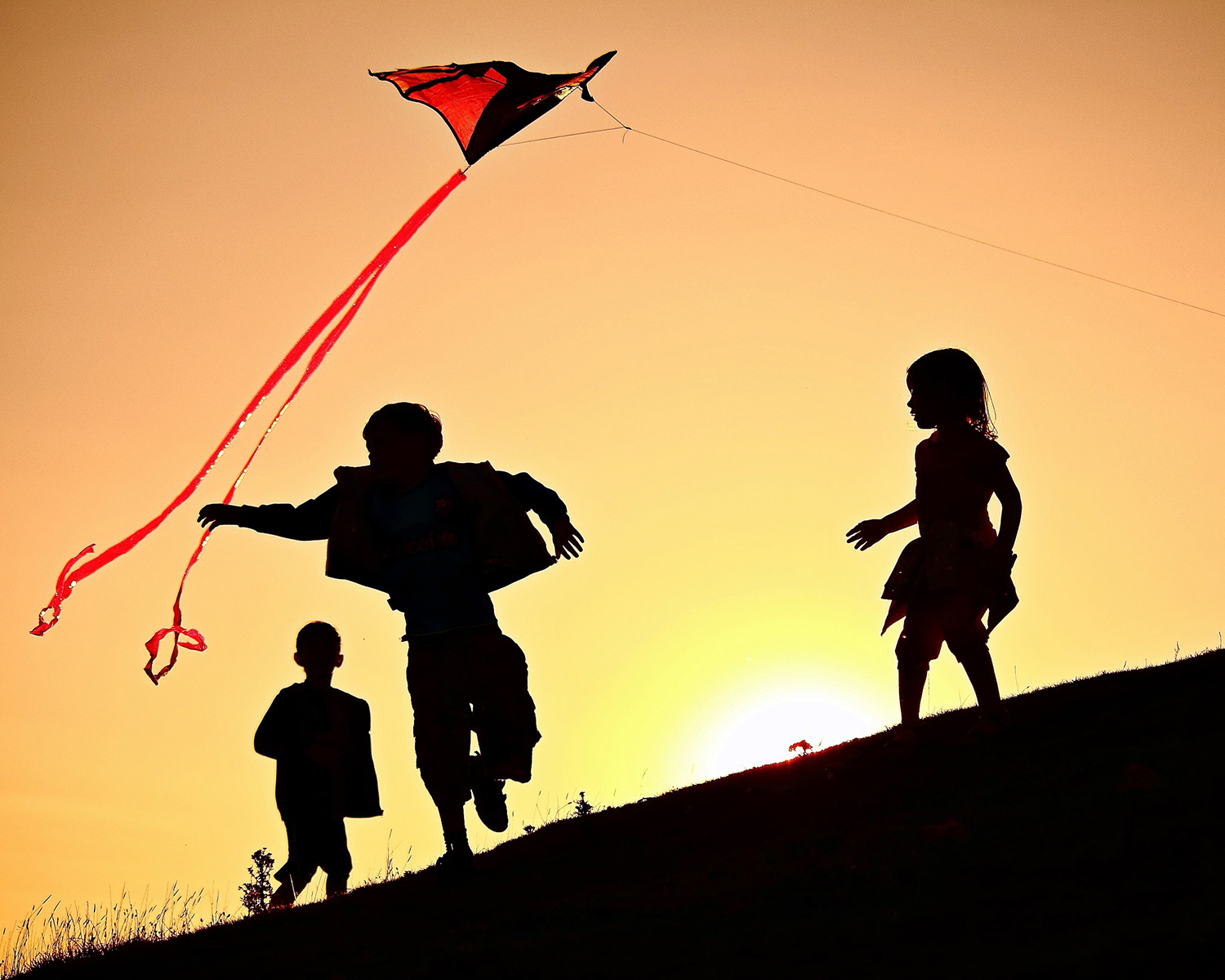
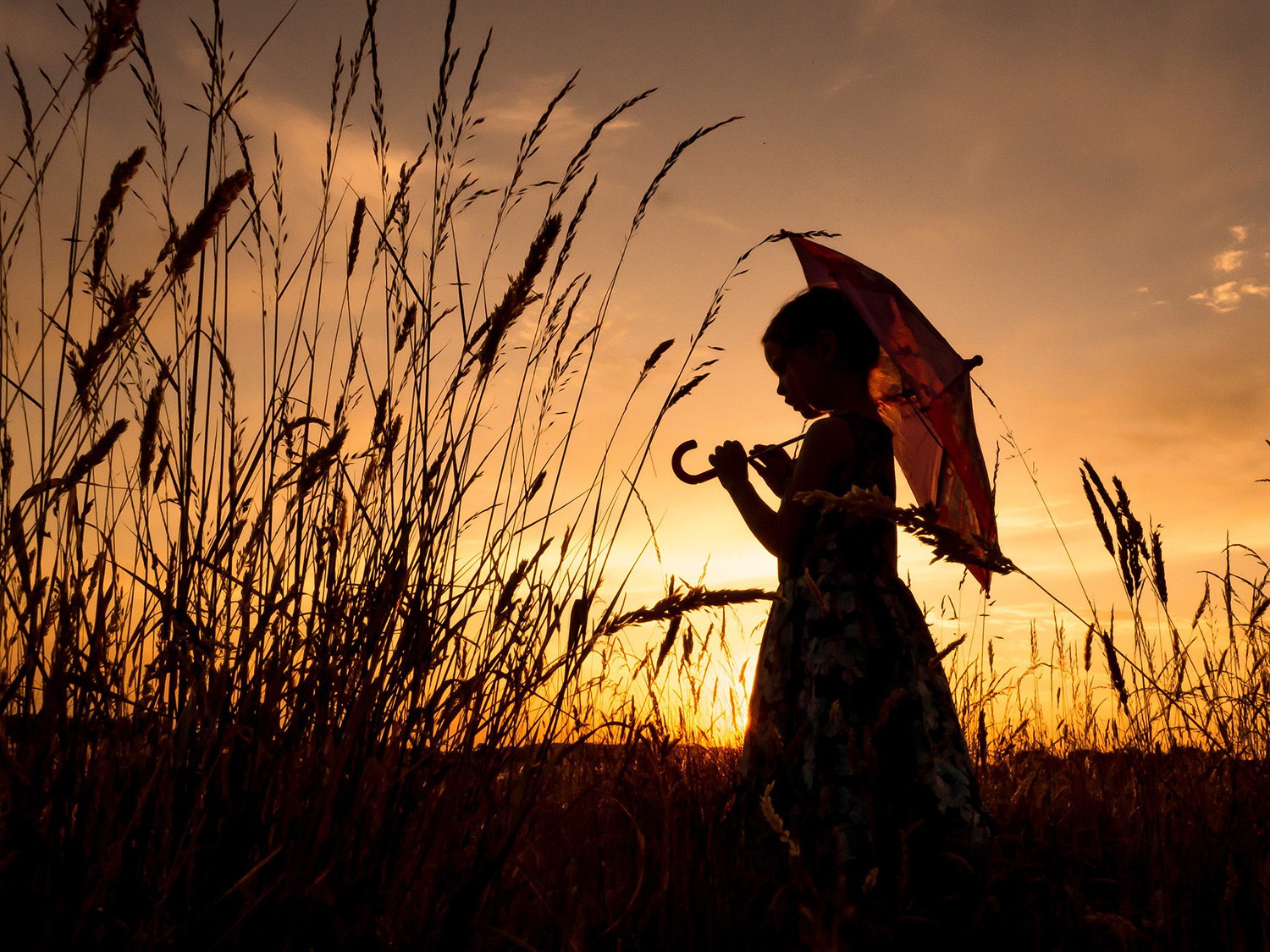

RIGHT: Fuji X-T3 . Fuji XC50-230mmF4.5-6.7 @230mm . f/6.7 . 1/2000″ . ISO 200
I will finish up by saying that I am far from being an expert on mindfulness, but I know what works for me. Getting out into beautiful locations with my camera and trying to capture those fleeting moments has changed my life in ways I couldn’t have imagined. I hope to be able to do this for years to come.
Life has a habit of throwing you curveballs, but if you can get your mind in the right place, you will be able to deal with them that bit better. As I said, photography is how I have learnt to chill and relax. If it is something that you find intriguing, you don’t have to go out and spend a fortune on camera gear. I spent my first five years as a photographer only using my phone. Modern phones have amazing cameras that are very easy to use. Get out and get clicking.
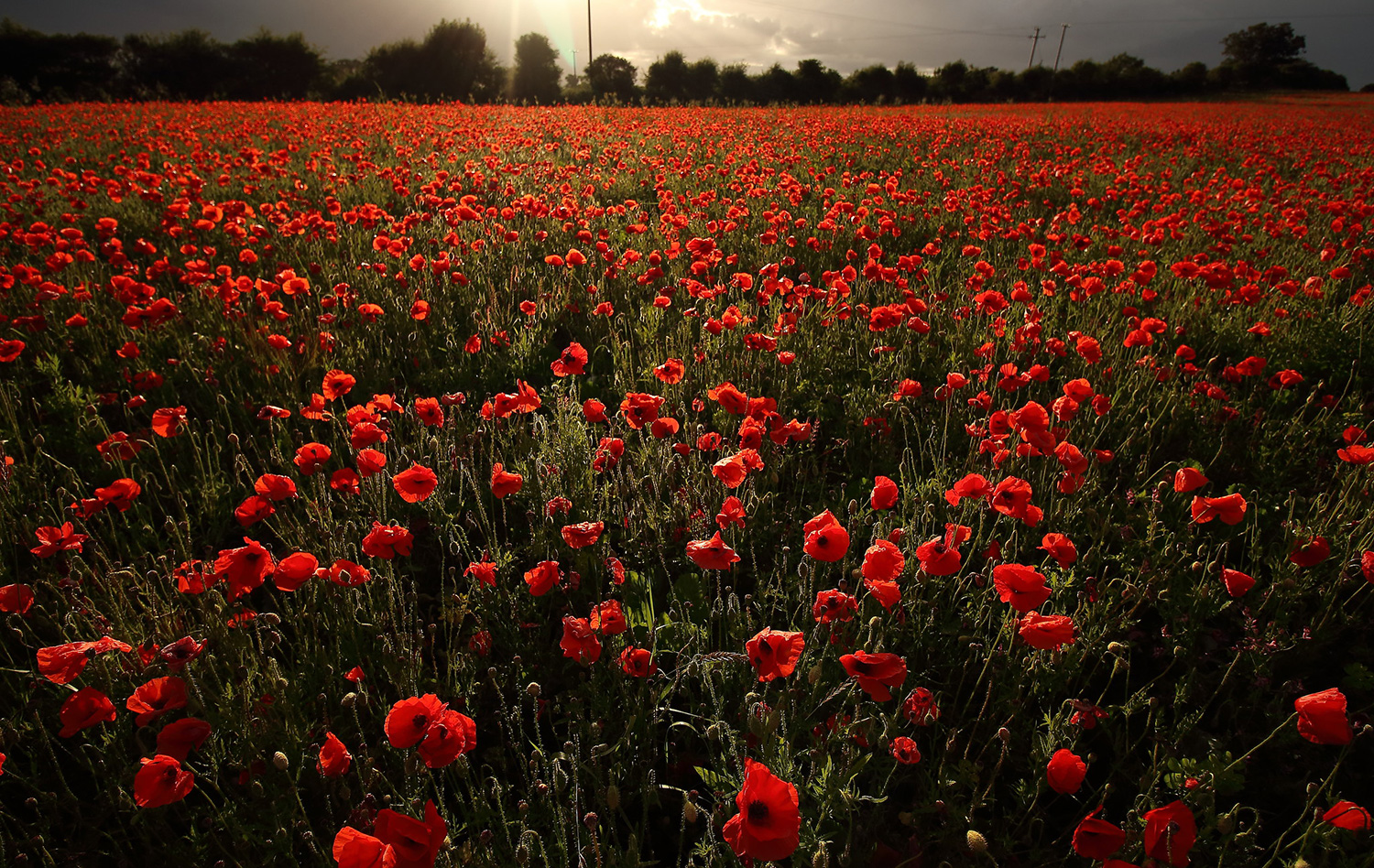
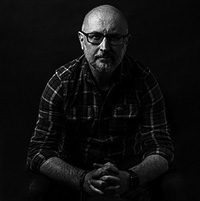
“I am an award-winning professional photographer based in Tullamore, Co Offaly. I am also a member of the Irish Professional Photographers & Videographers Association.
My photographic journey began back in 2008 when I got my first iPhone. I started out by taking snapshots of my children. As the old saying goes ‘The best camera is the one you have with you’ and I always had my phone so I was able to capture all those candid and impromptu moments of early childhood.
I started my photography business in January 2018 and in my first year, I was accepted as a member of the Irish Professional Photographers and Videographers Association. I also won the Photographer of the Year Award at the 2018 Midlands 103 Customer Service Awards.
Photography is not a job to me, it is my passion. When I am not taking photos for clients I am constantly taking photos for myself in order to keep learning and improving. When I am taking photos for myself or for my clients my goal is to use the images I create to tell a story and give the viewer an emotional connection to the photos.”

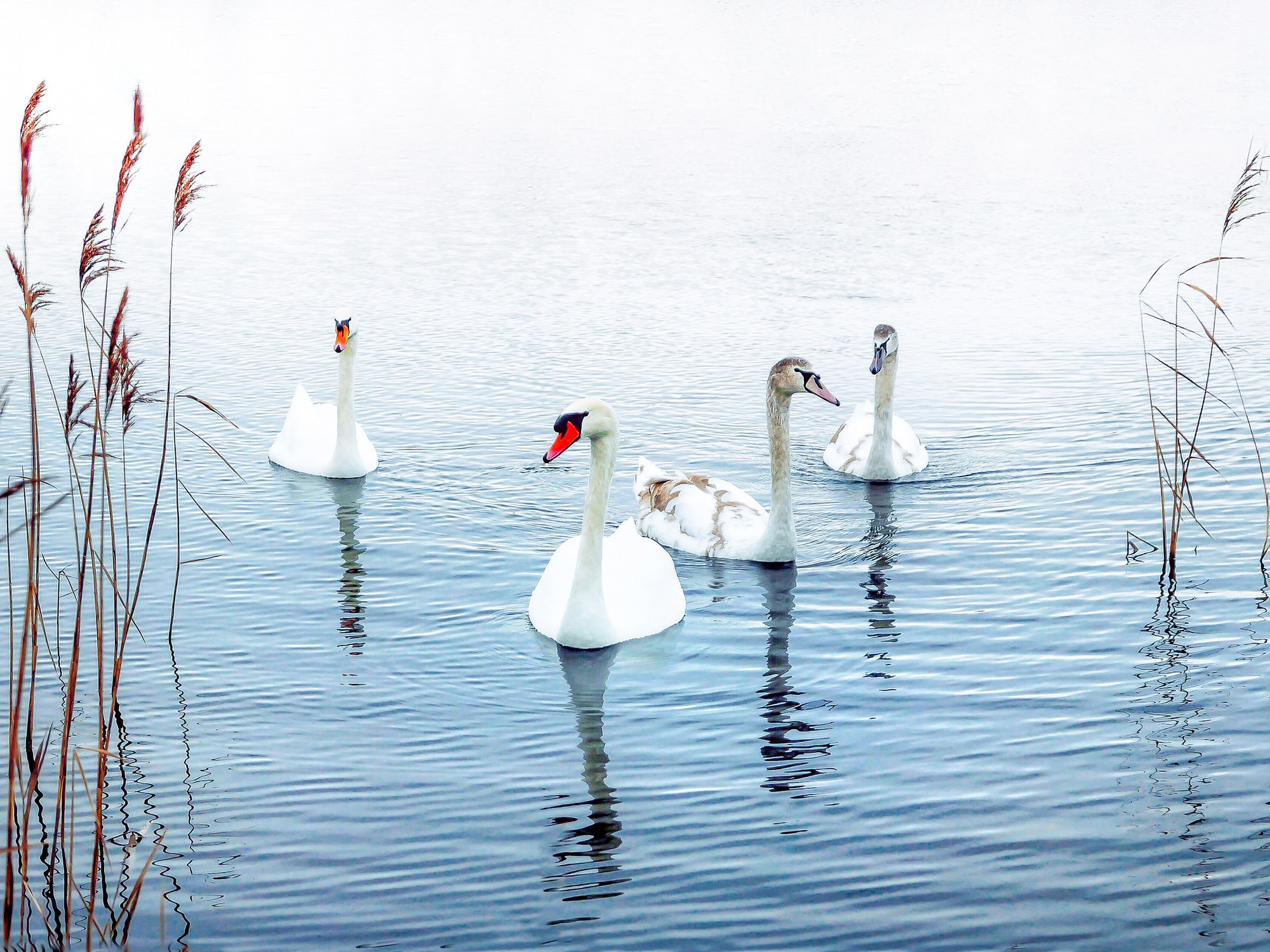



Albert Smith
March 14, 2022 @ 9:12 pm
“I am very lucky to be surrounded by stunning scenery where I live…”
Yes you are! I just did a systematic review of my last year of personal shooting and it consists mostly of four or five blocks around my tiny town. You have so many potential subjects based on you fine presentation here. I’m kind of jealous.
I know that this is a Fuji-centric site, but the image that popped out and made me say “wow” is that upward angle wide angle shot of the tree with selective focus. Then I saw that it was made with your full frame Canon. Maybe it was that it was a vertical composition and I viewed it on my phone, so it presented larger than the other shots, but I really like it.
Paul Moore
March 20, 2022 @ 11:20 pm
Hi Albert. Thanks for you feedback. Good to hear that you liked the photos. Yes I am very lucky to live where I do. As for photo of the tree. It definitely would be possible to get that with a Fuji 10-24mm f4. It was all about the light hitting the tree at the time. Thanks again.
Drew Jansson
March 14, 2022 @ 9:58 pm
Wonderful images. Perhaps this is heresy on a Fuji-centric site, but your work is proof-positive that it’s not the camera, but the photographer that matters. Your work includes Micro 4/3, APS-C and full-frame imagery, all with consistent quality. One would be hard-pressed to tell the difference without intense pixel peeping or the captions. Congrats on a terrific post.
Paul Moore
March 20, 2022 @ 11:24 pm
Thanks very much Drew. It is true that cameras are only tools but over the years Fuji has become my camera of choice for my personal work. It is a combination of the size, ergonomics and image quality. And that Fuji magic 🙂
Khürt L Williams
March 14, 2022 @ 10:25 pm
That first waterfall photograph is stunning.
Paul Moore
March 20, 2022 @ 11:25 pm
Thanks very much Khürt. Good to hear you like it. One of my favourites too.
Jason
March 20, 2022 @ 6:35 pm
Beautiful photographs, lovely article. Thank you for sharing.
Paul Moore
March 20, 2022 @ 11:26 pm
Thanks Jason. Delighted to hear you enjoyed the article and the photos.